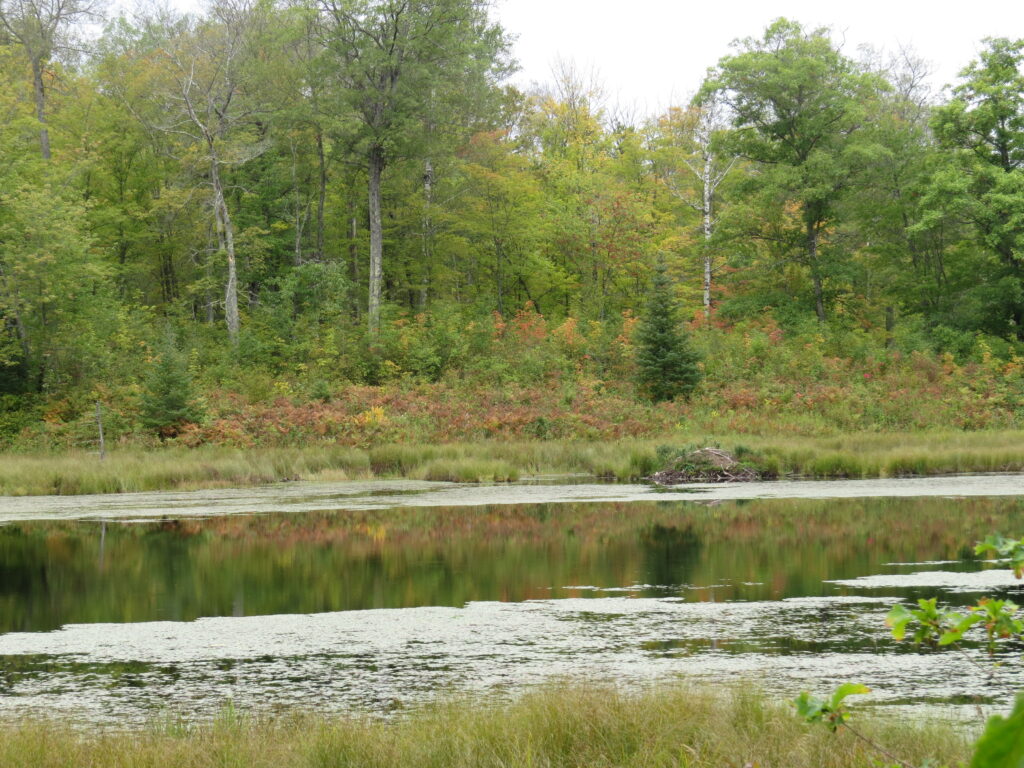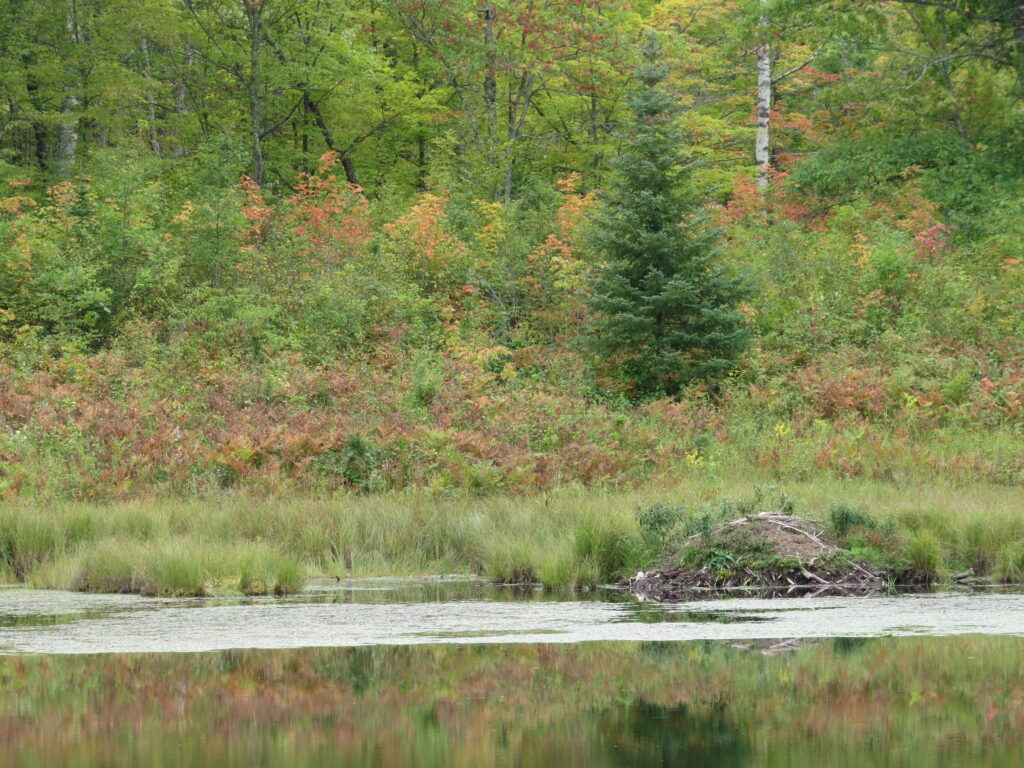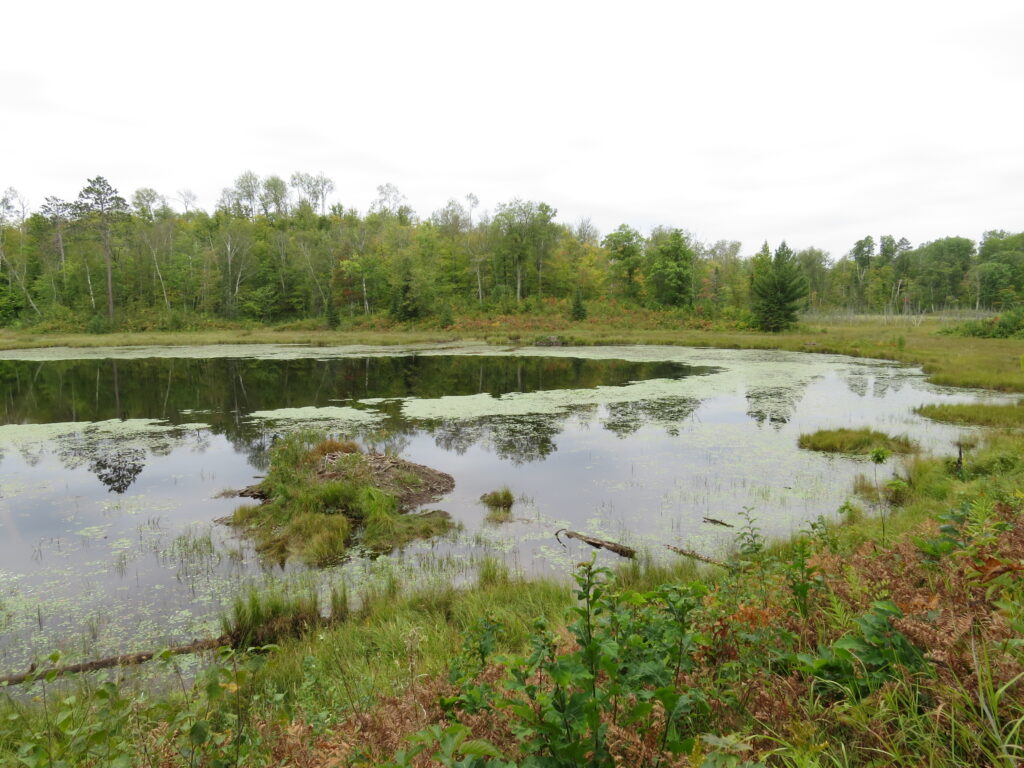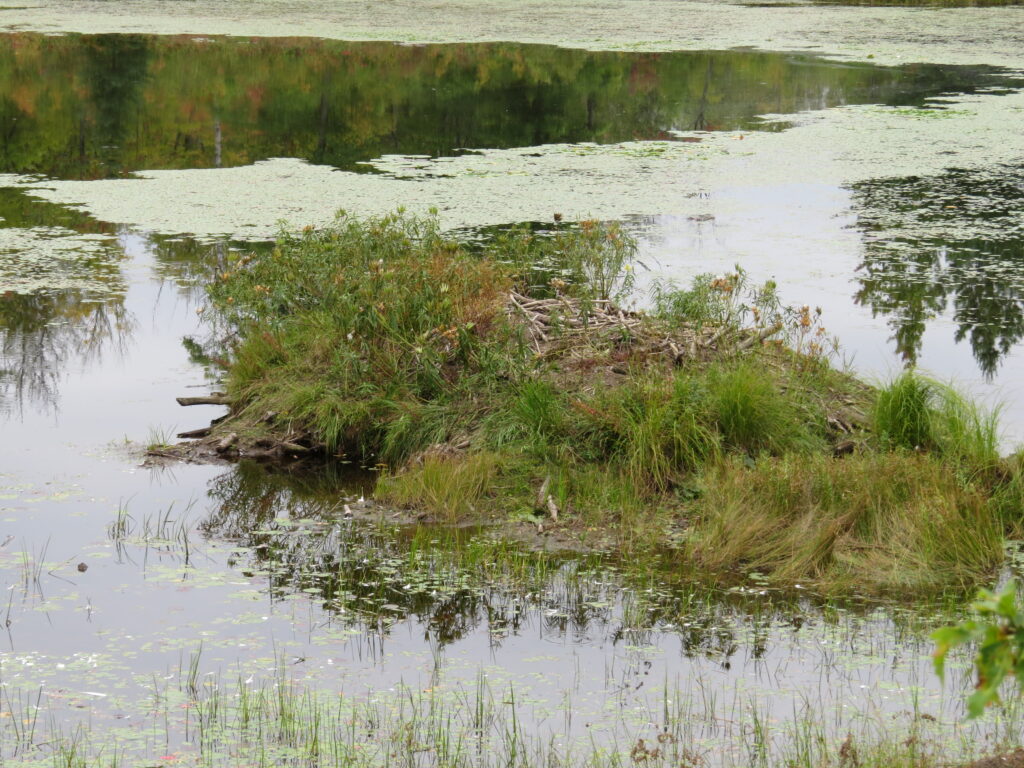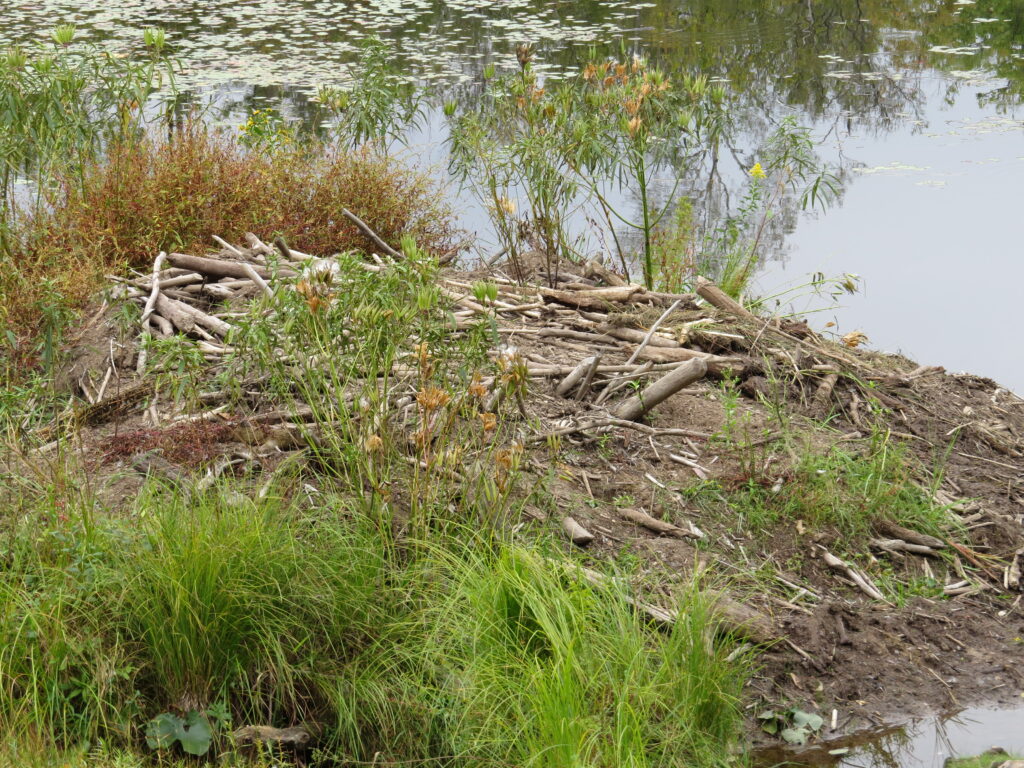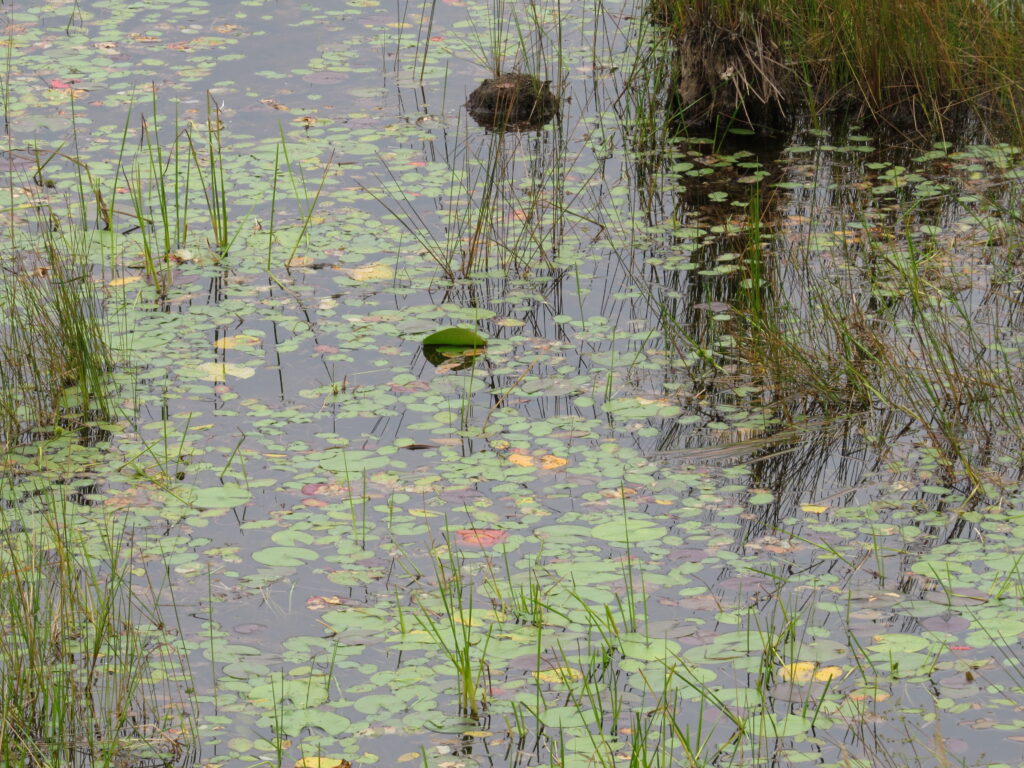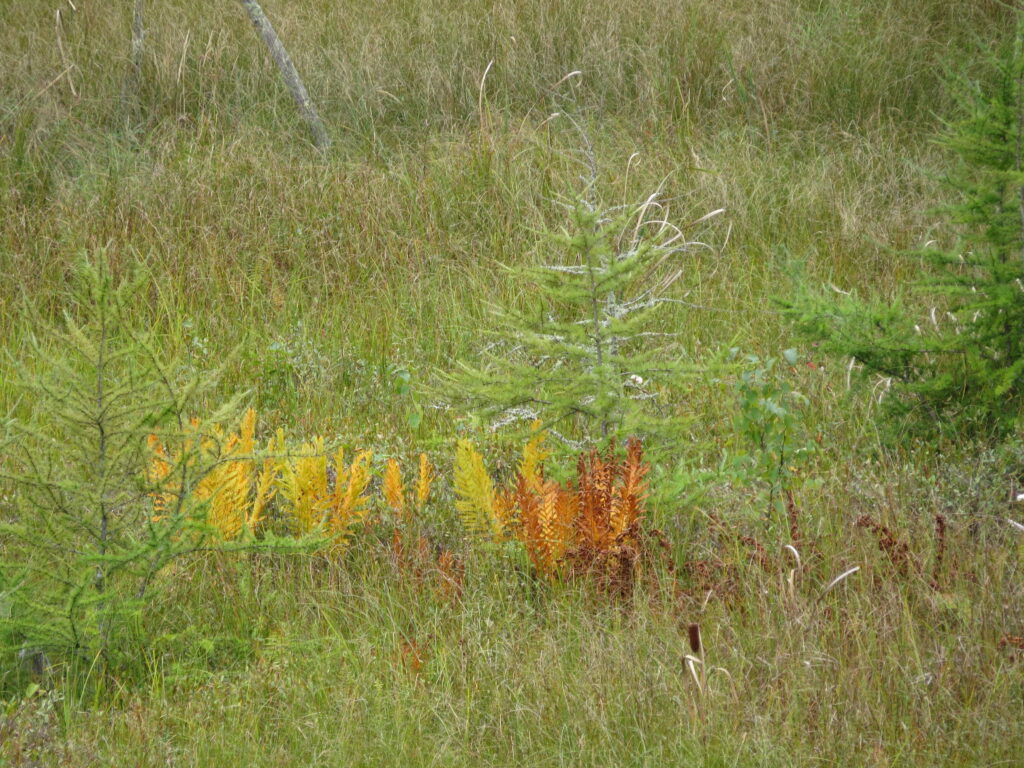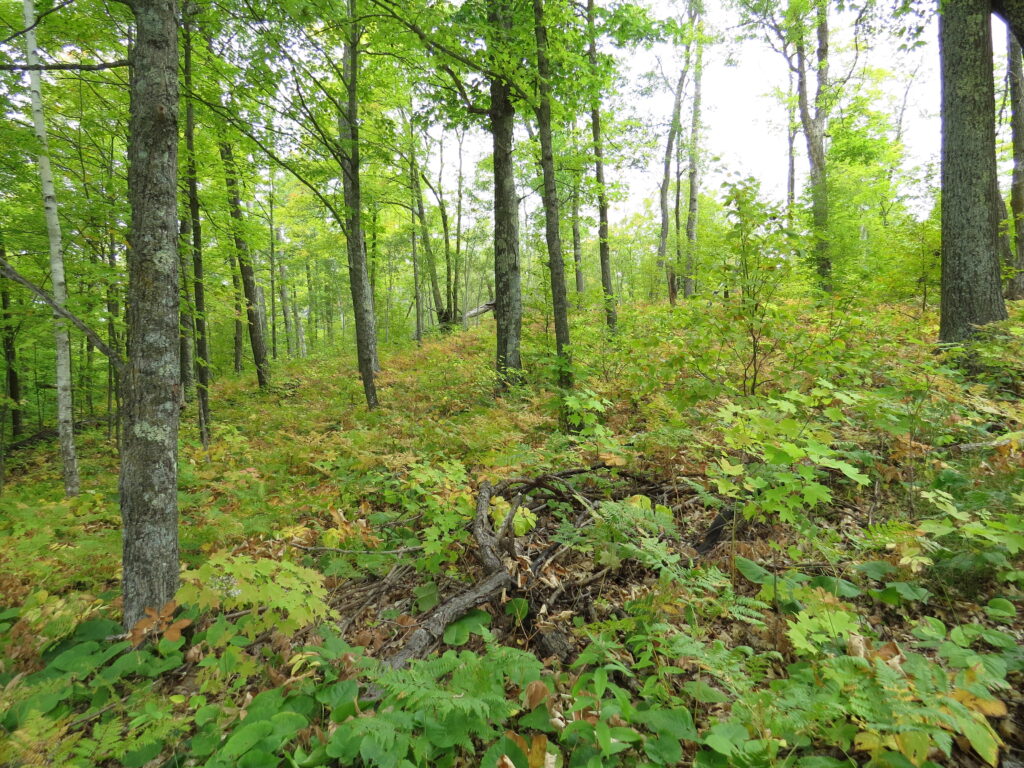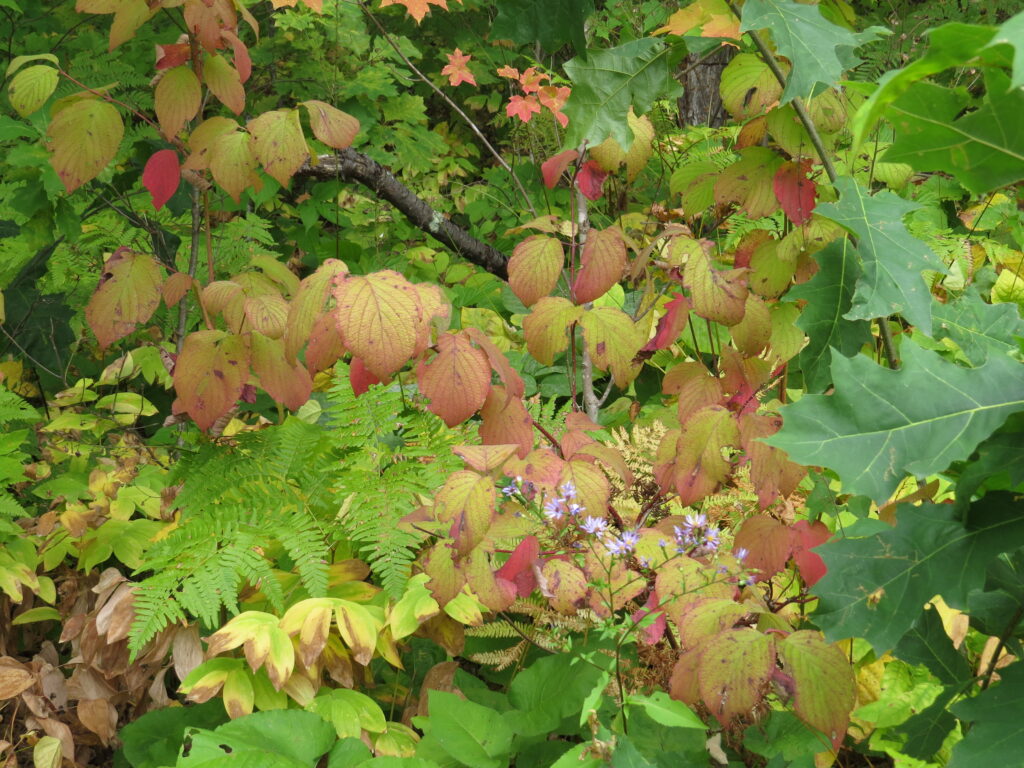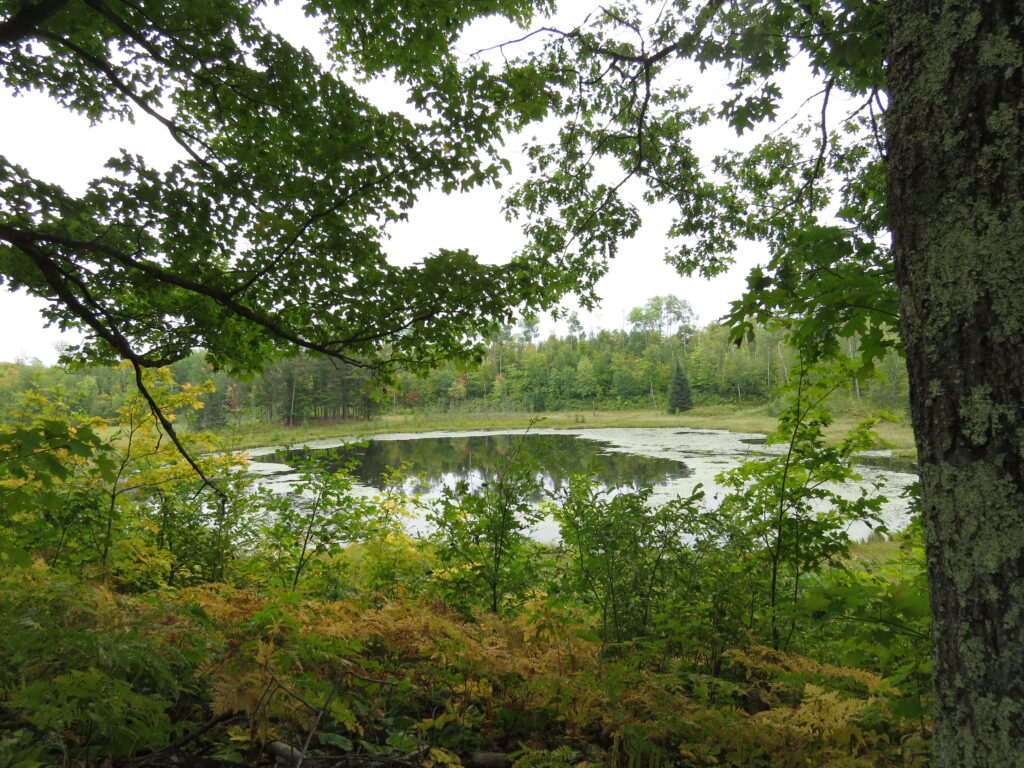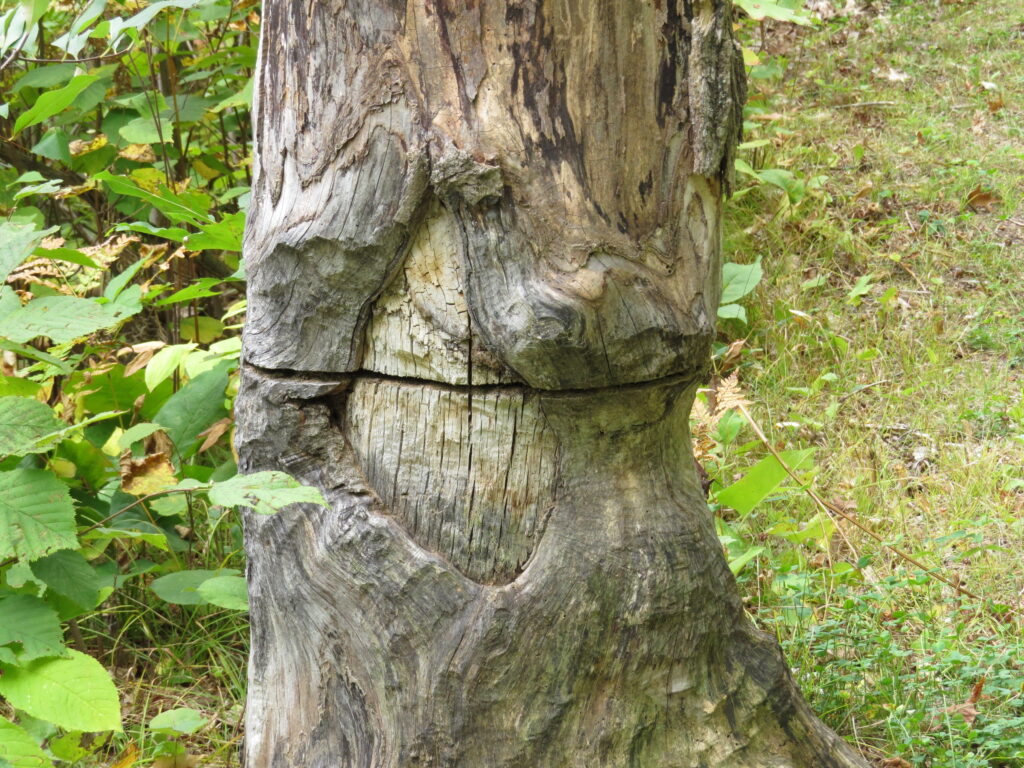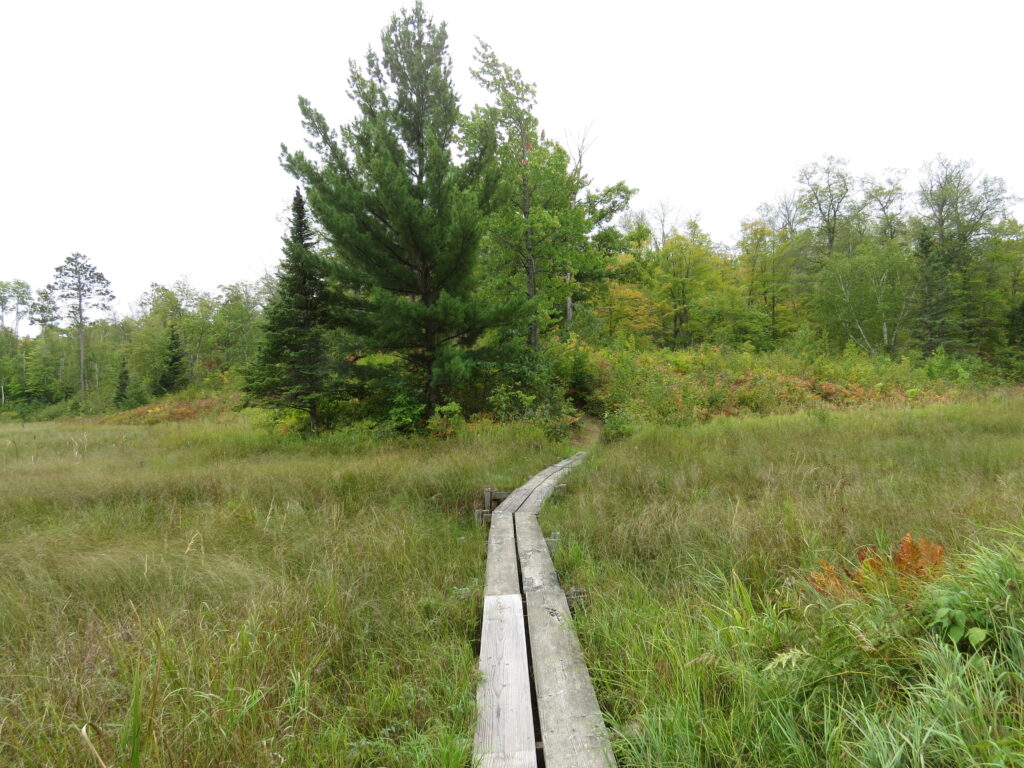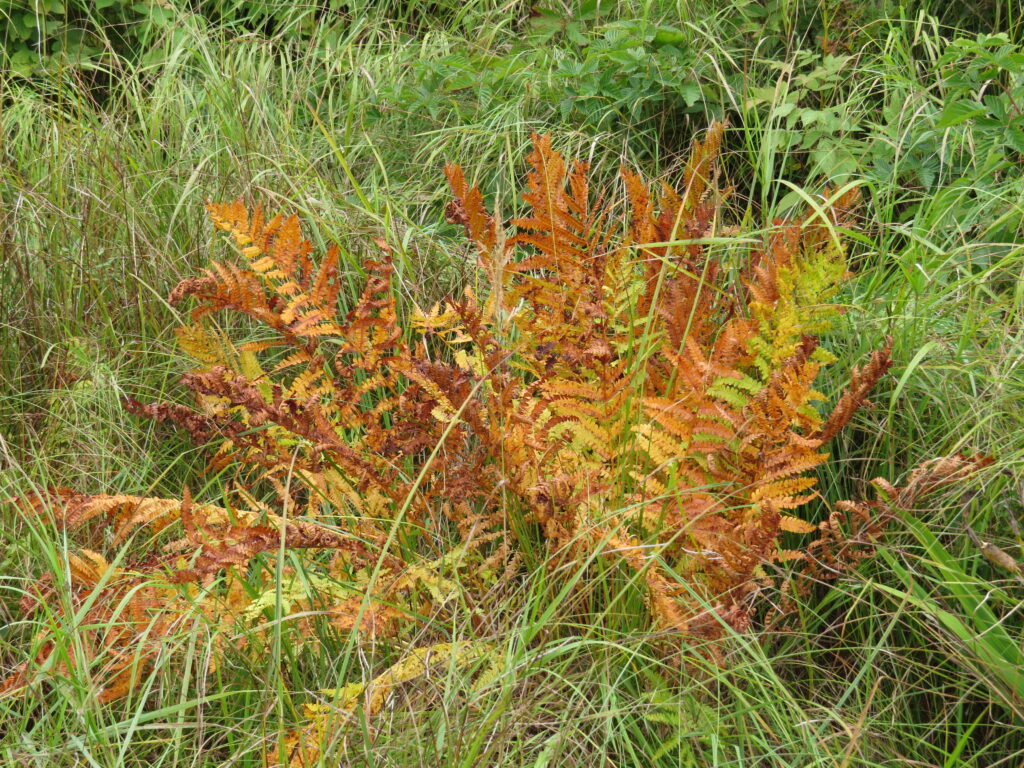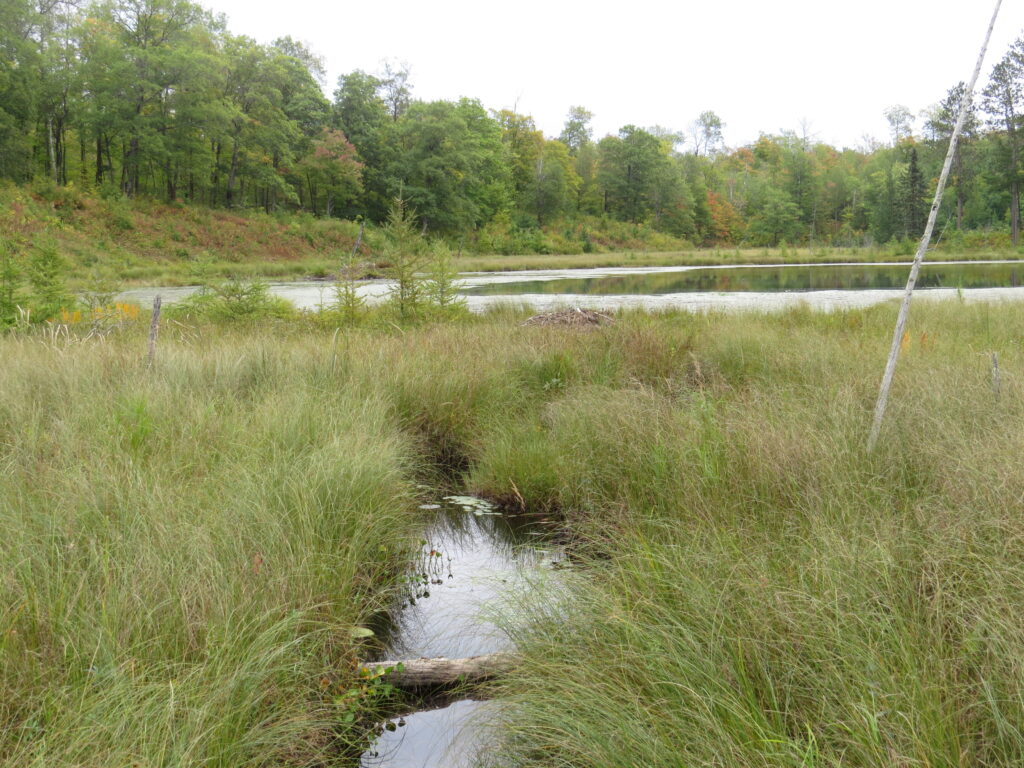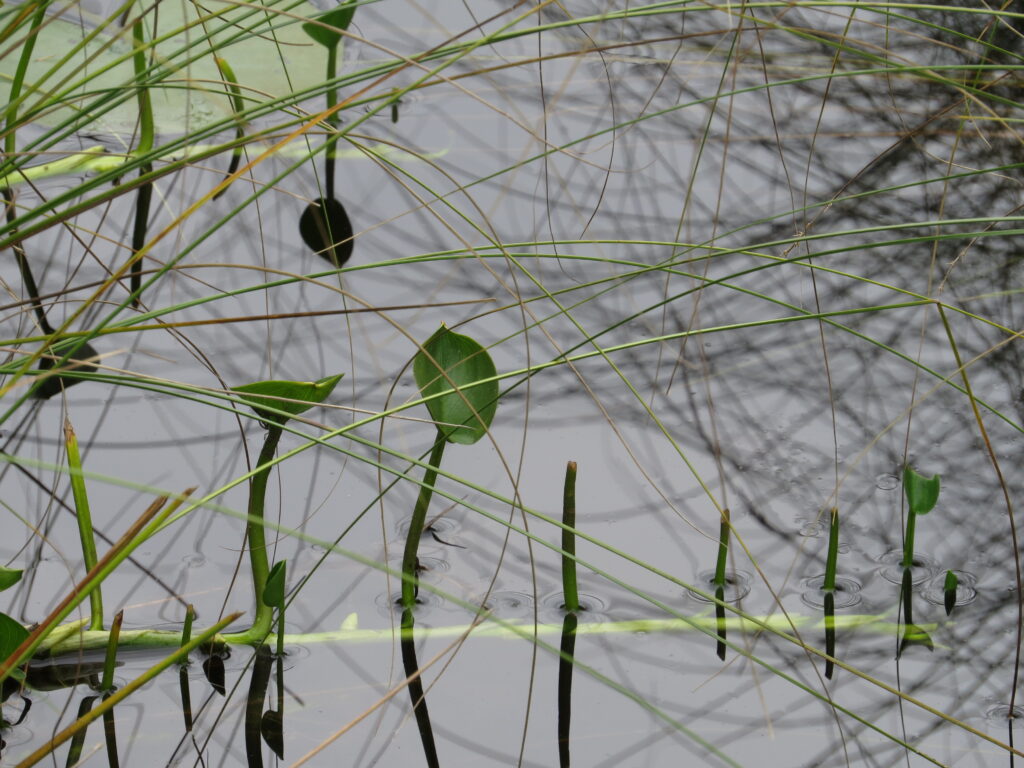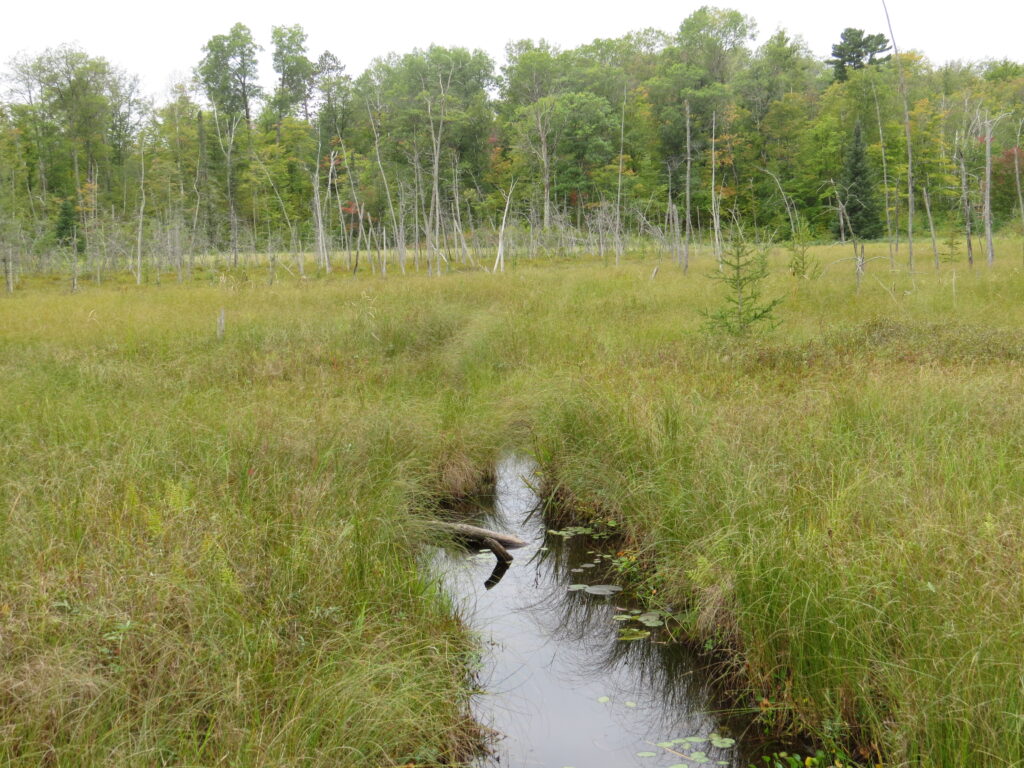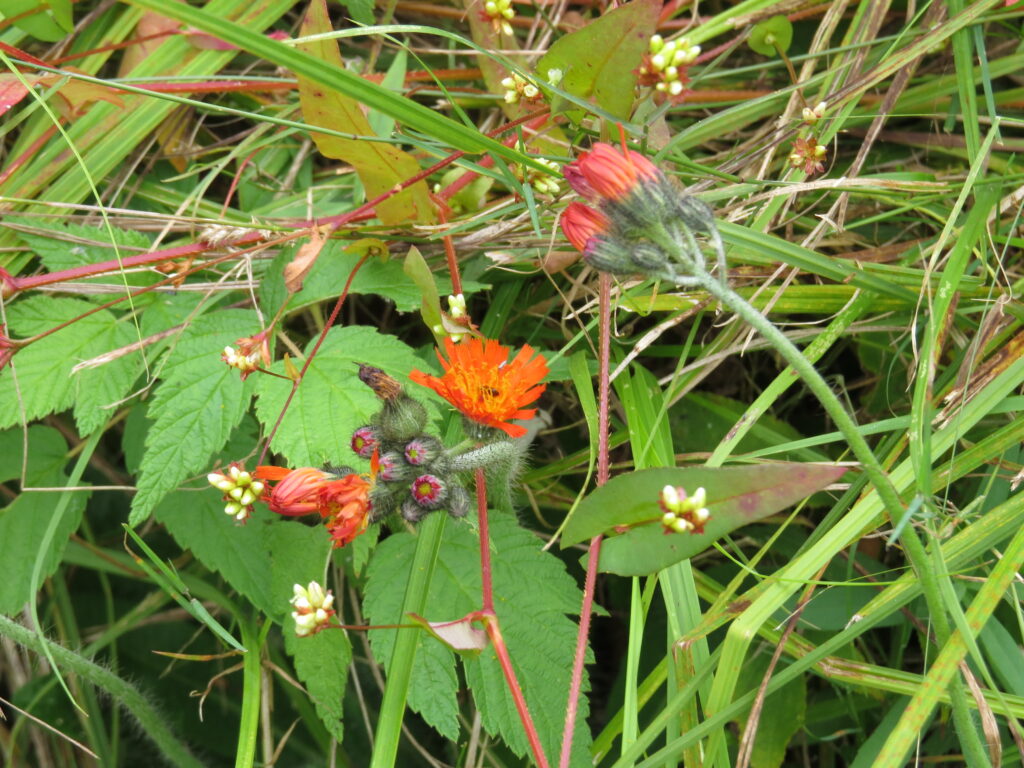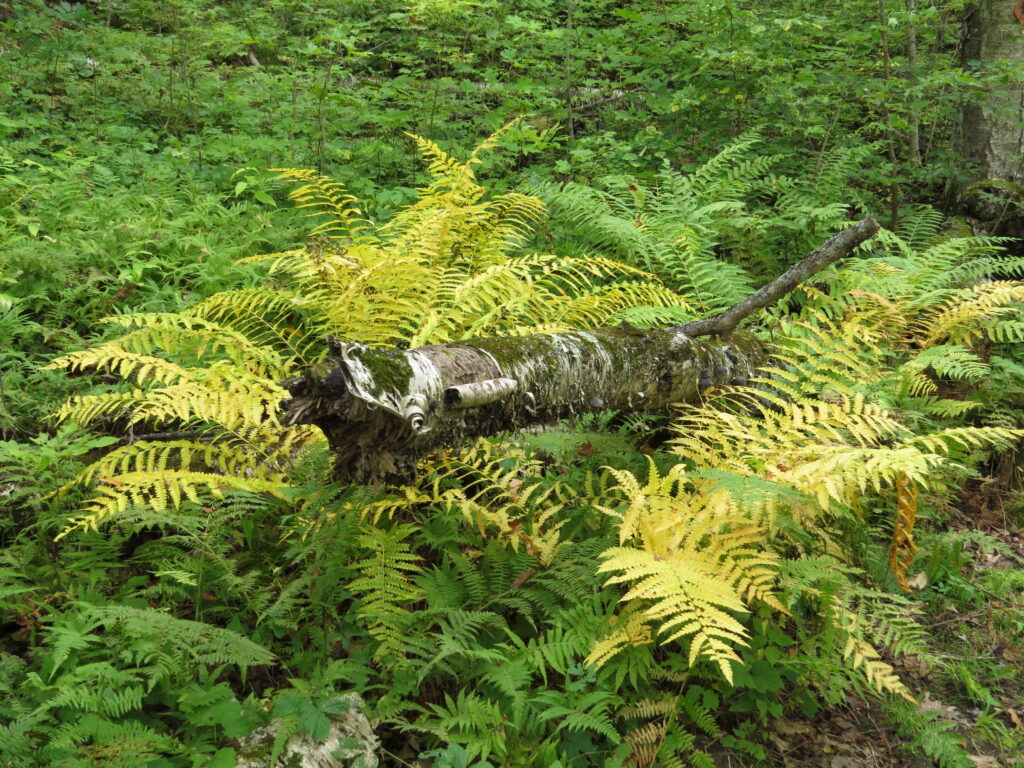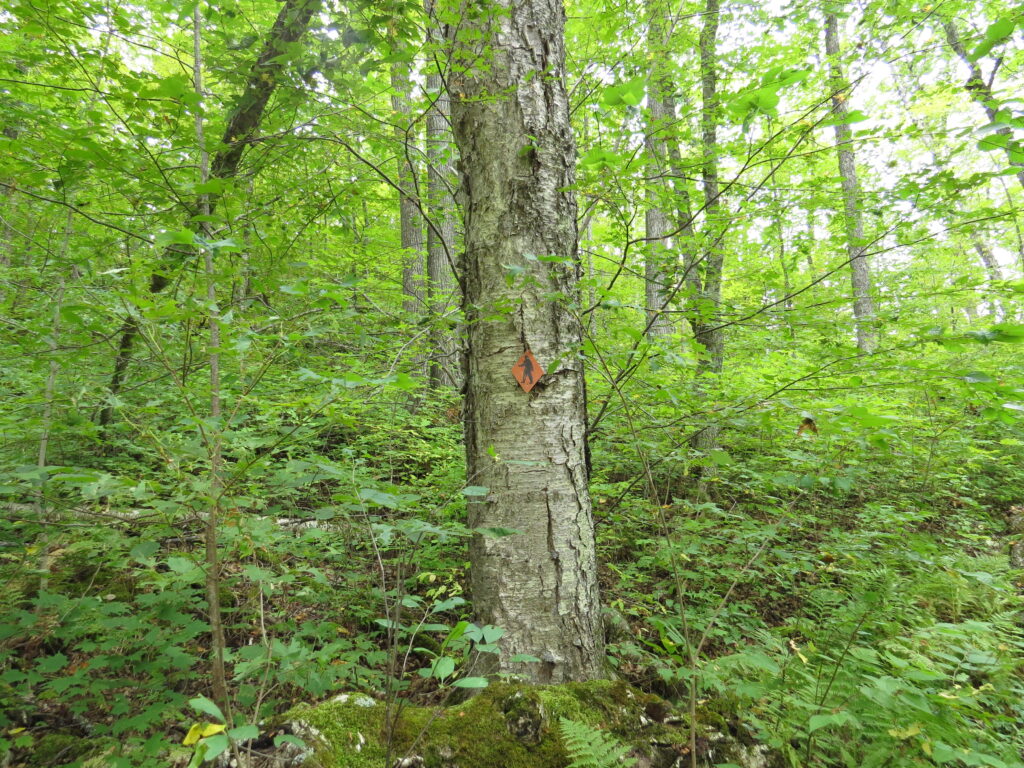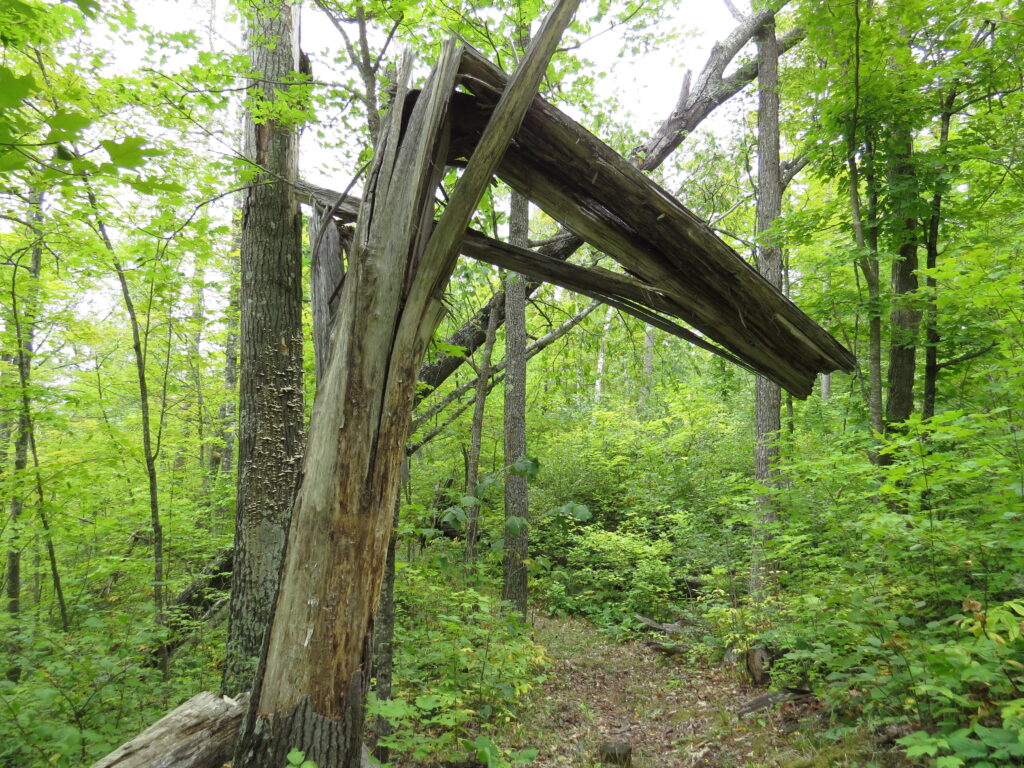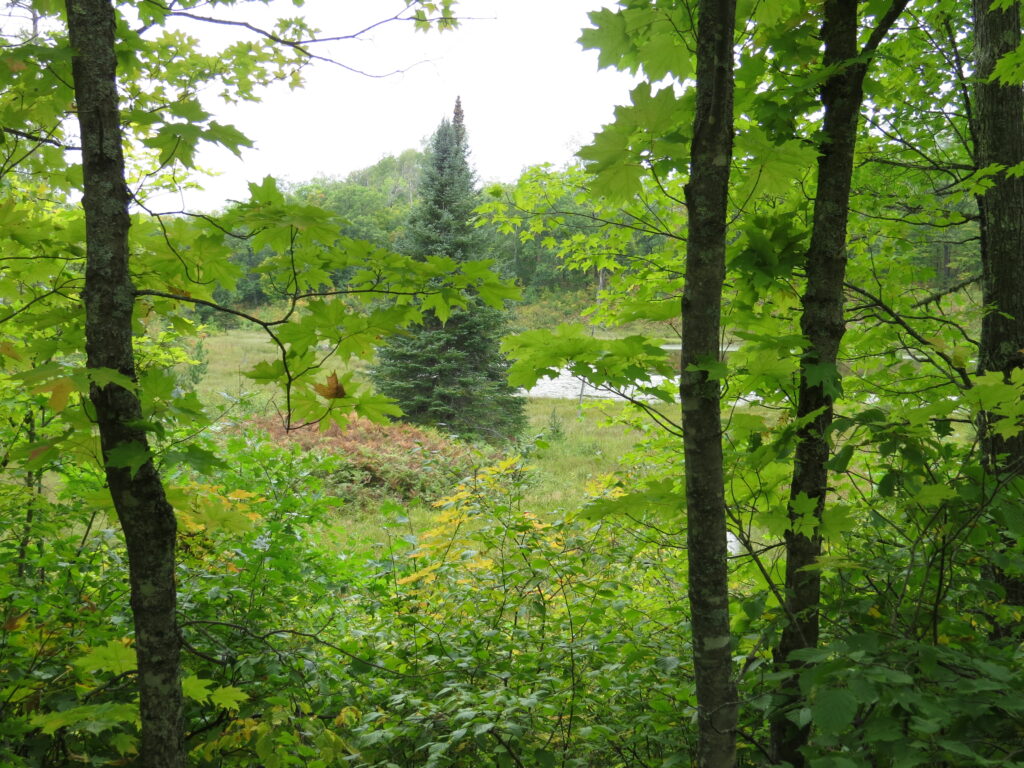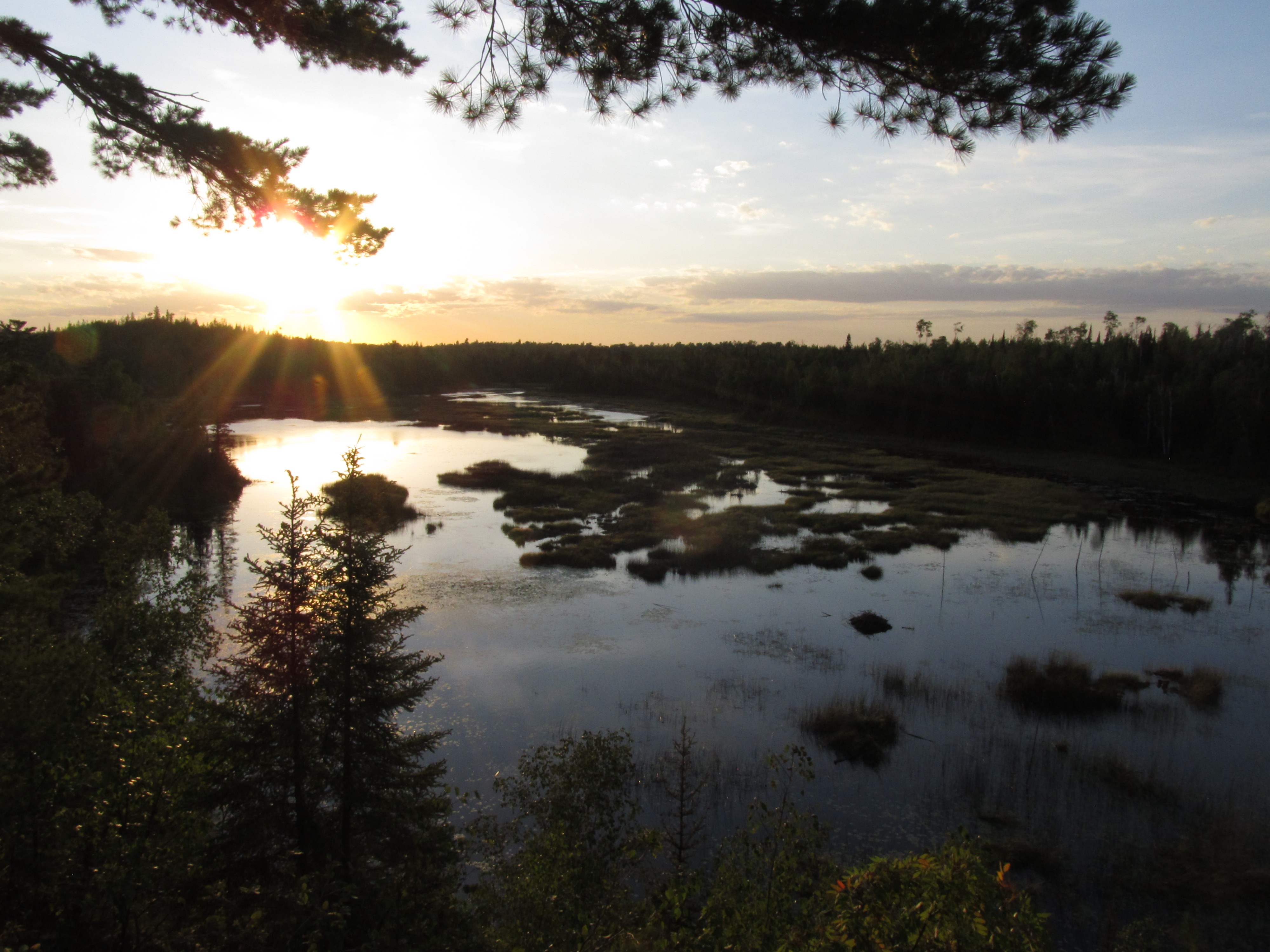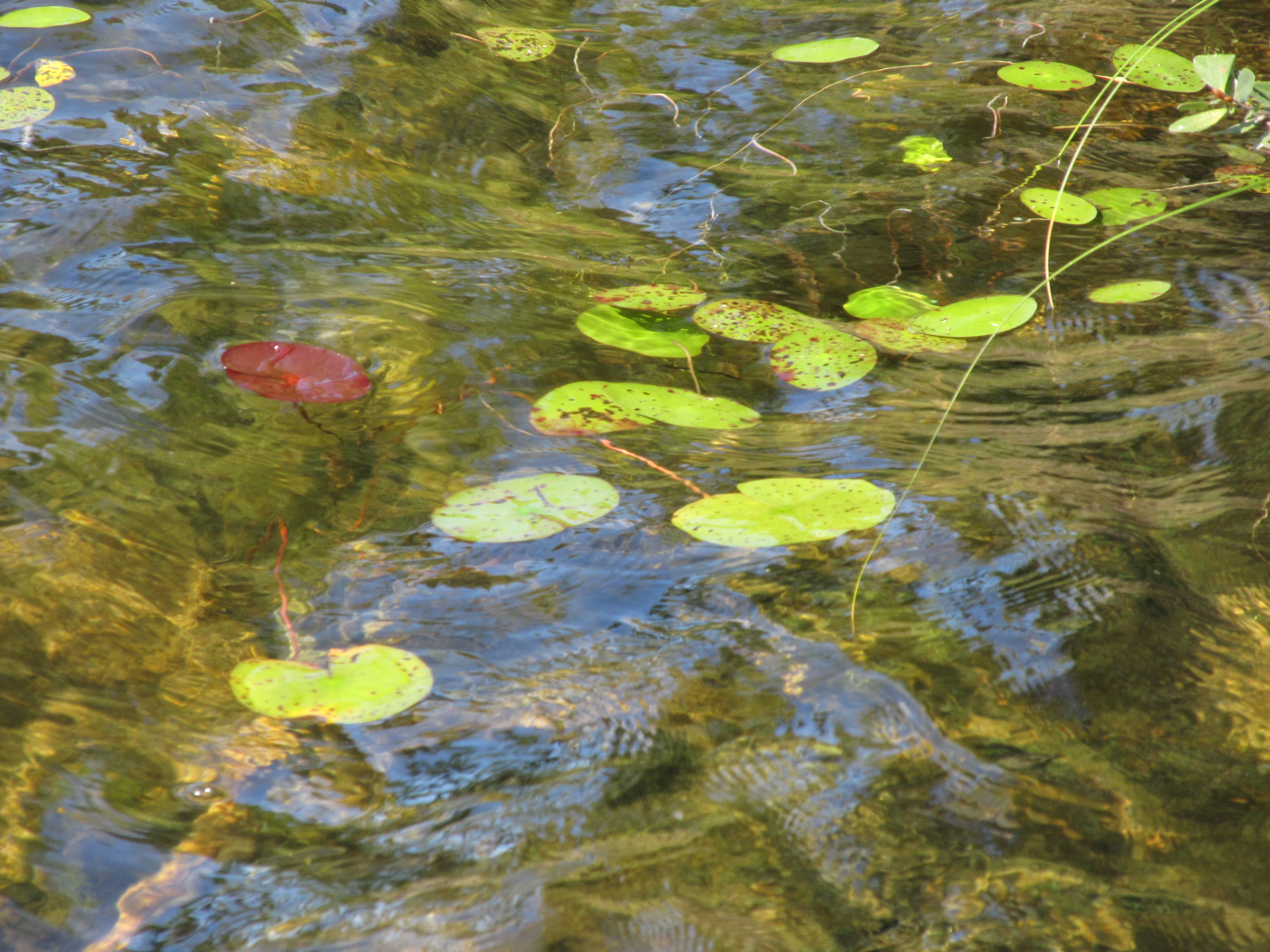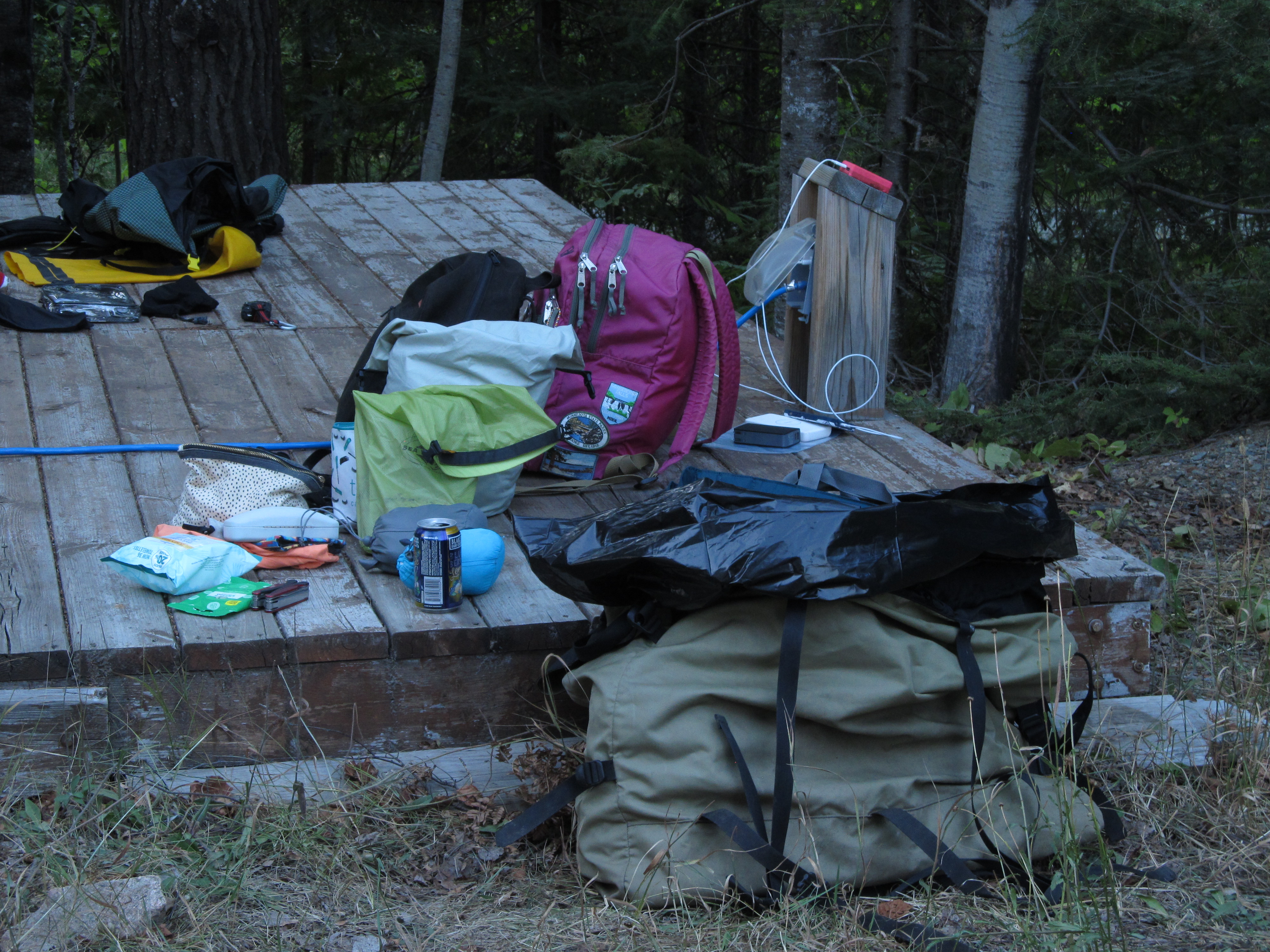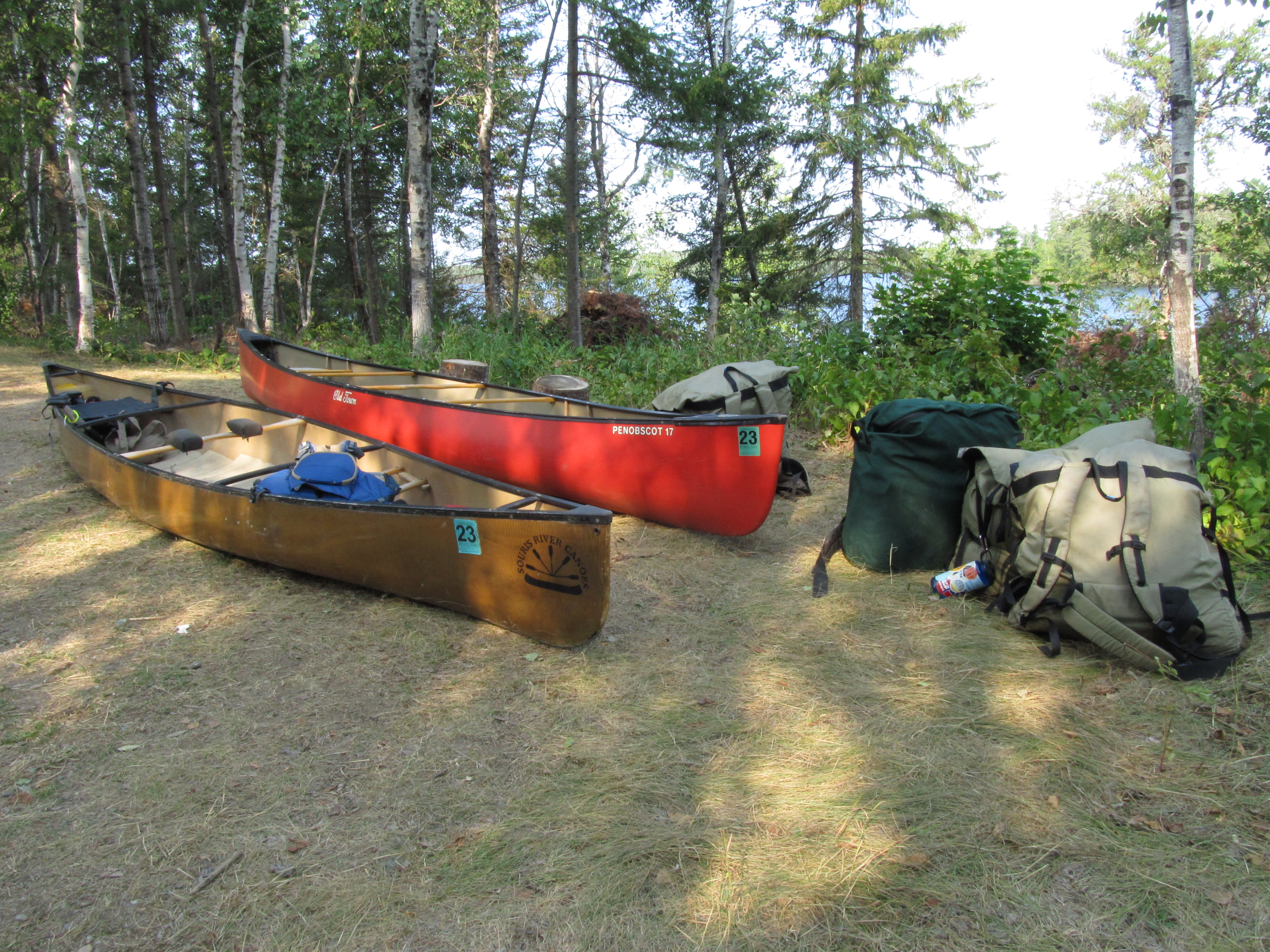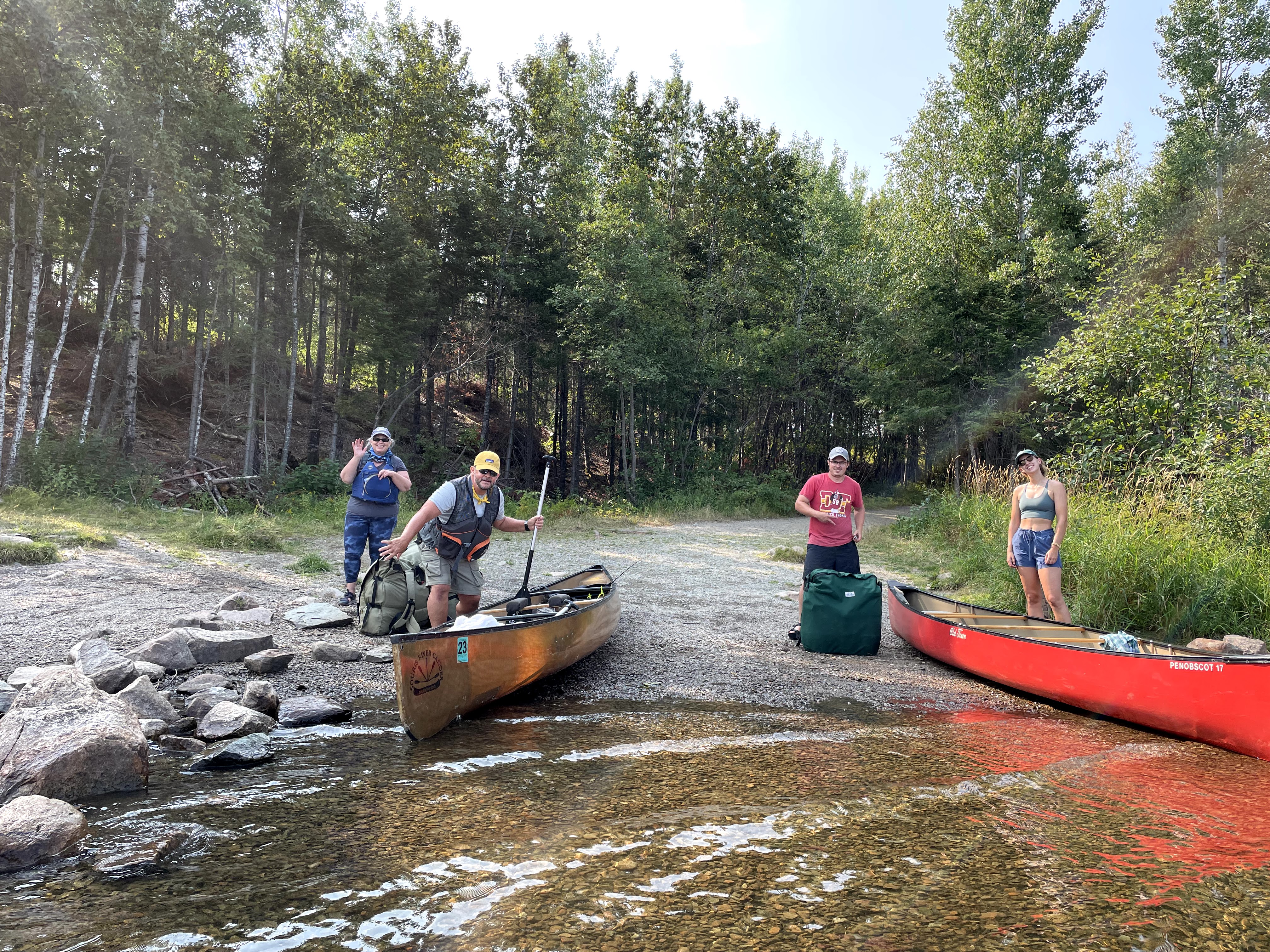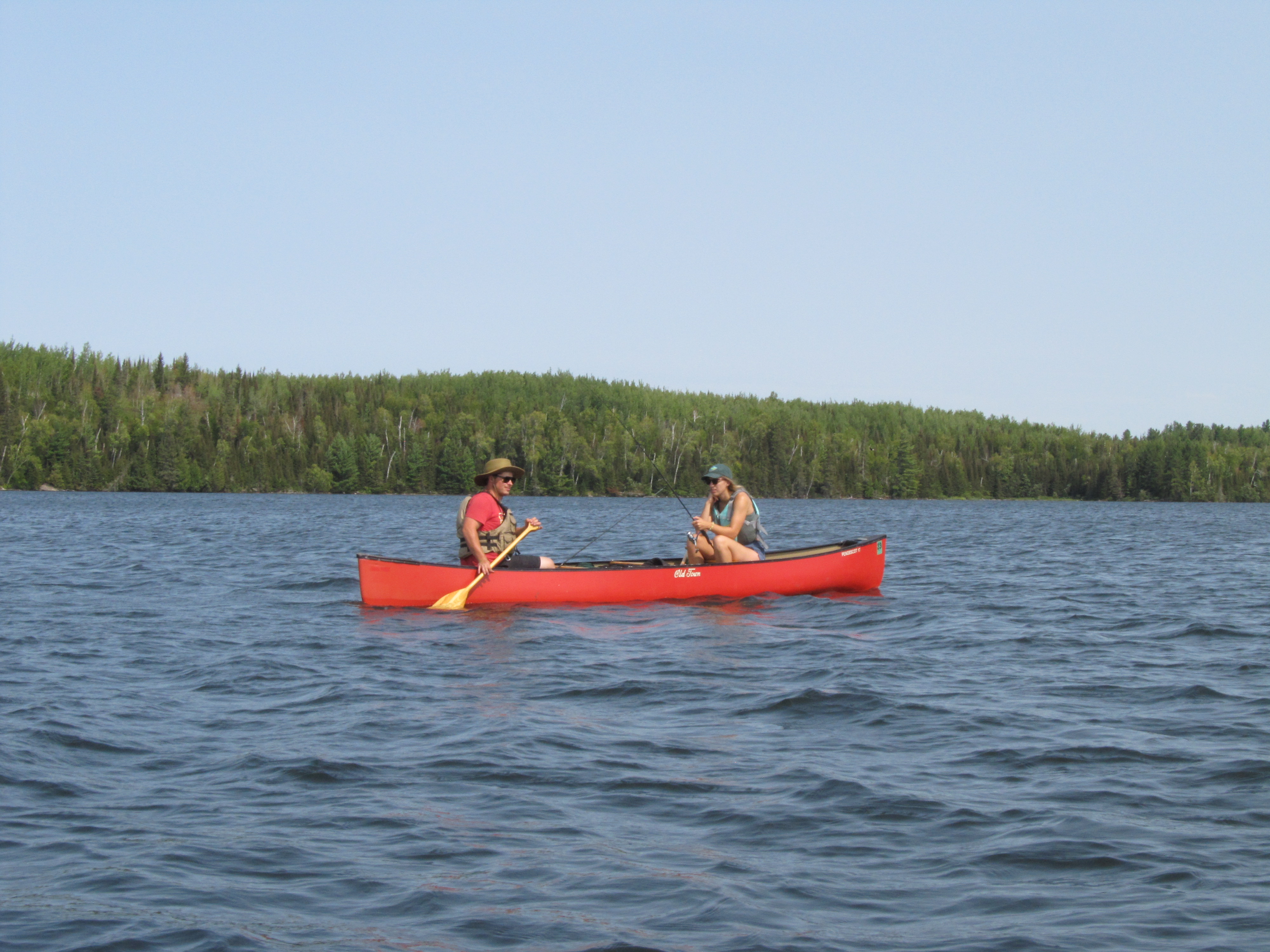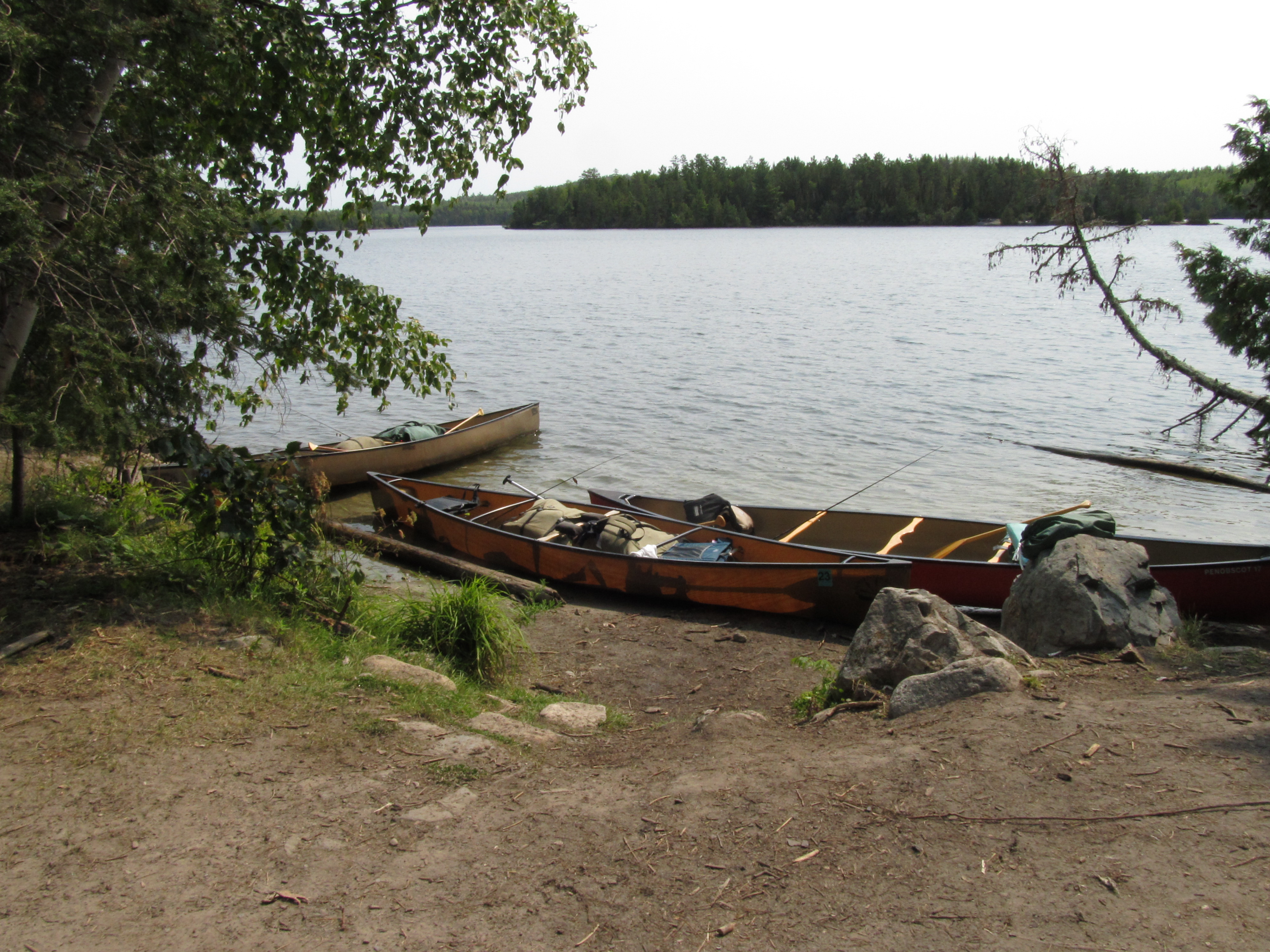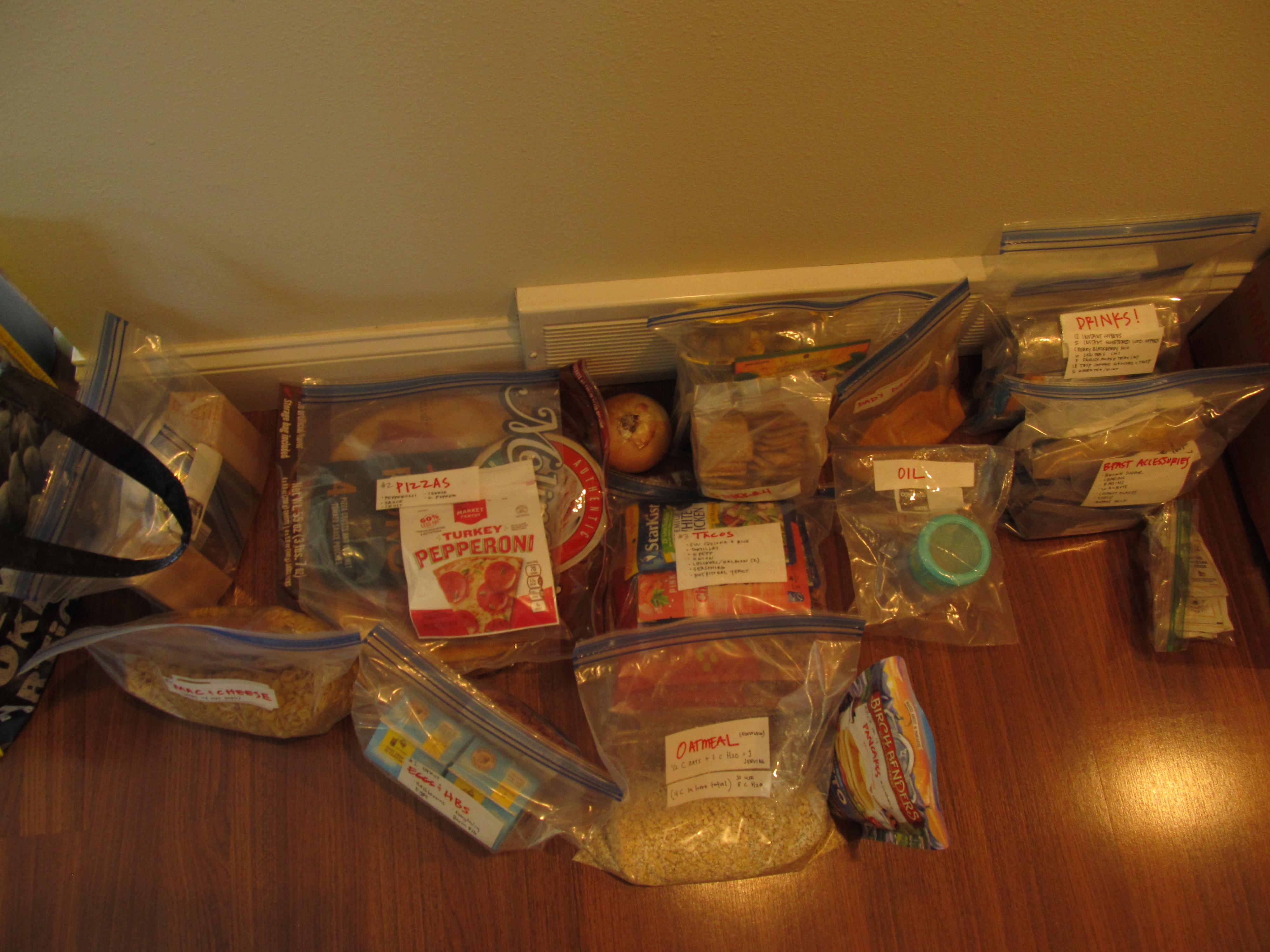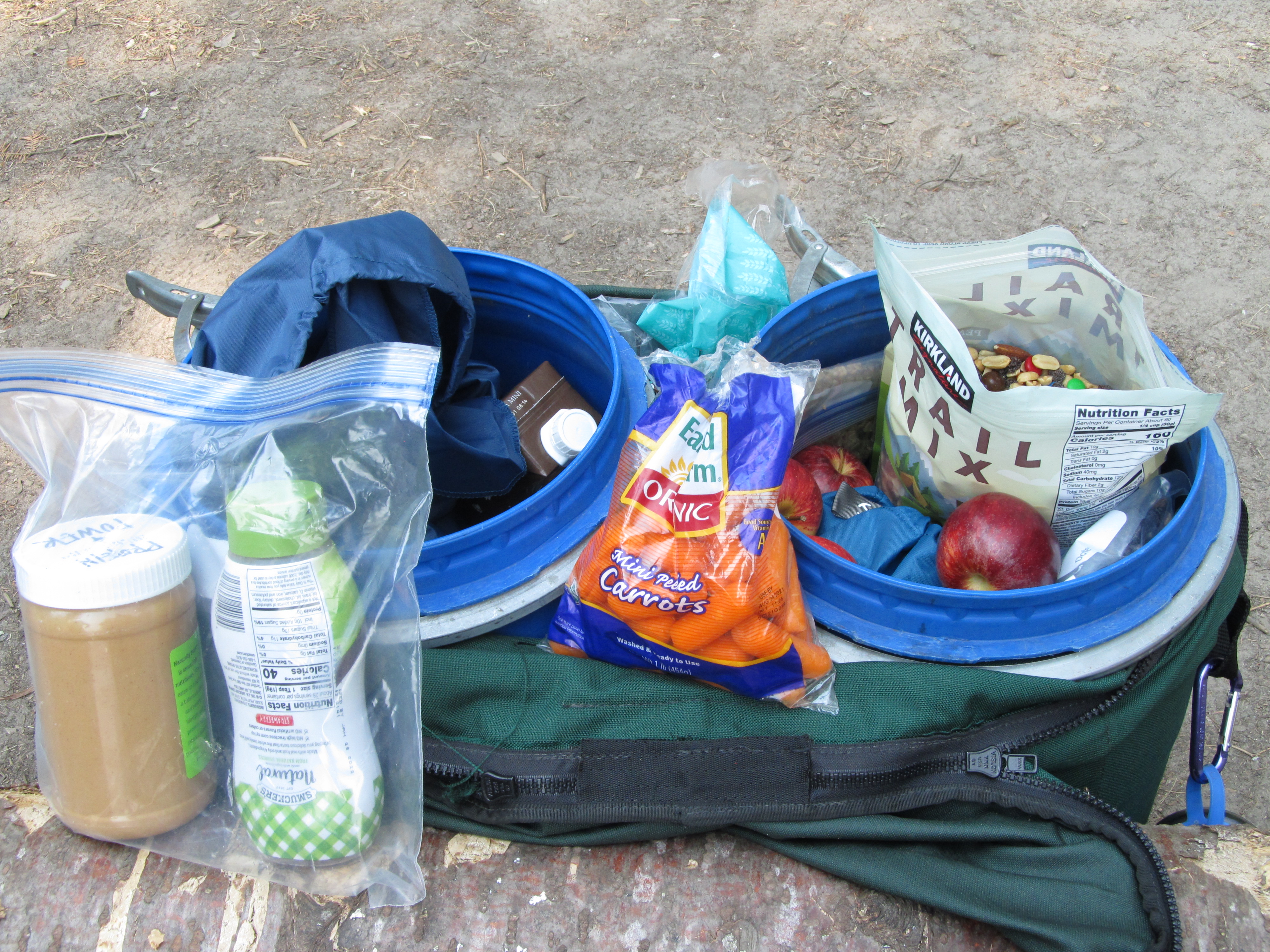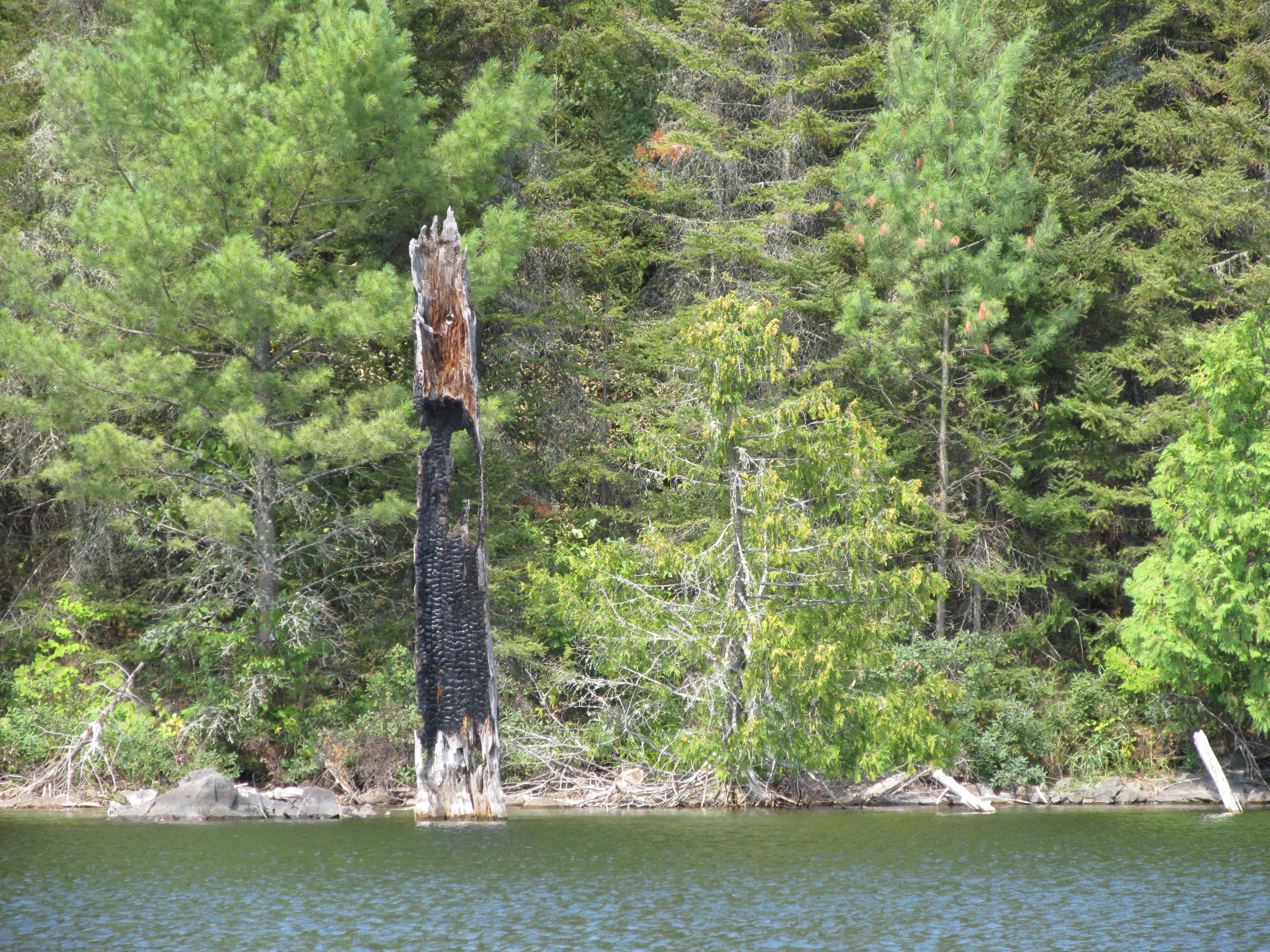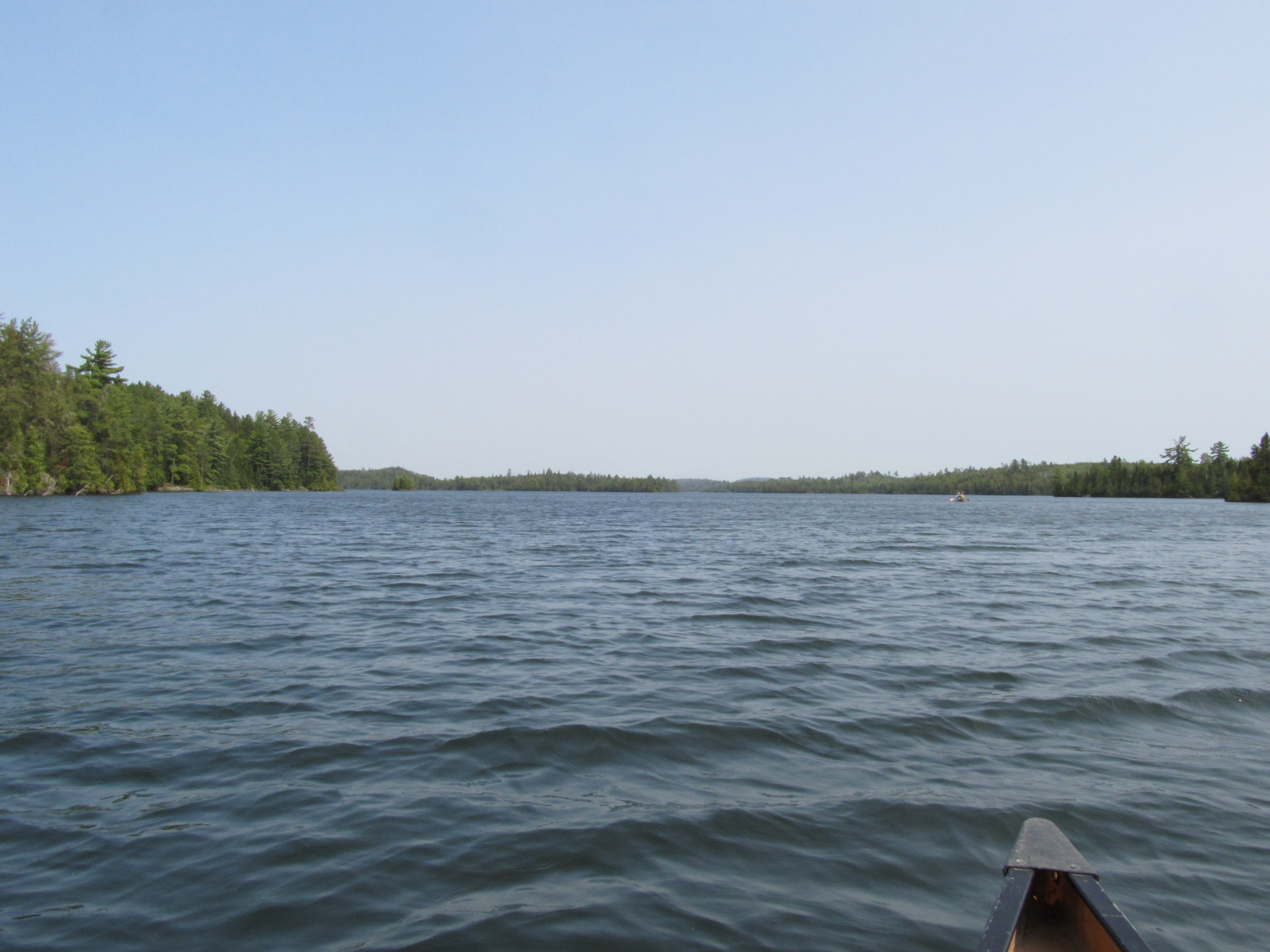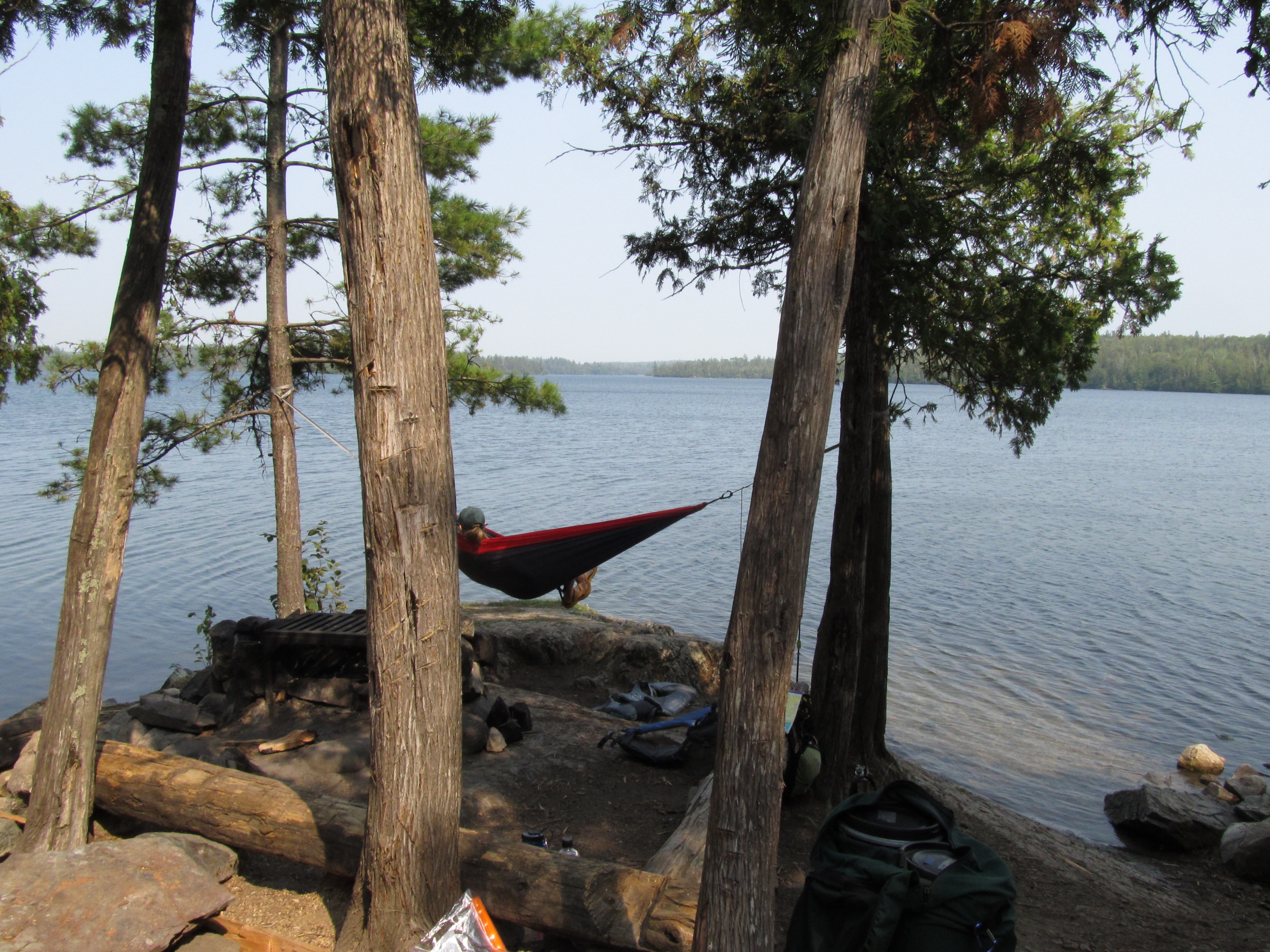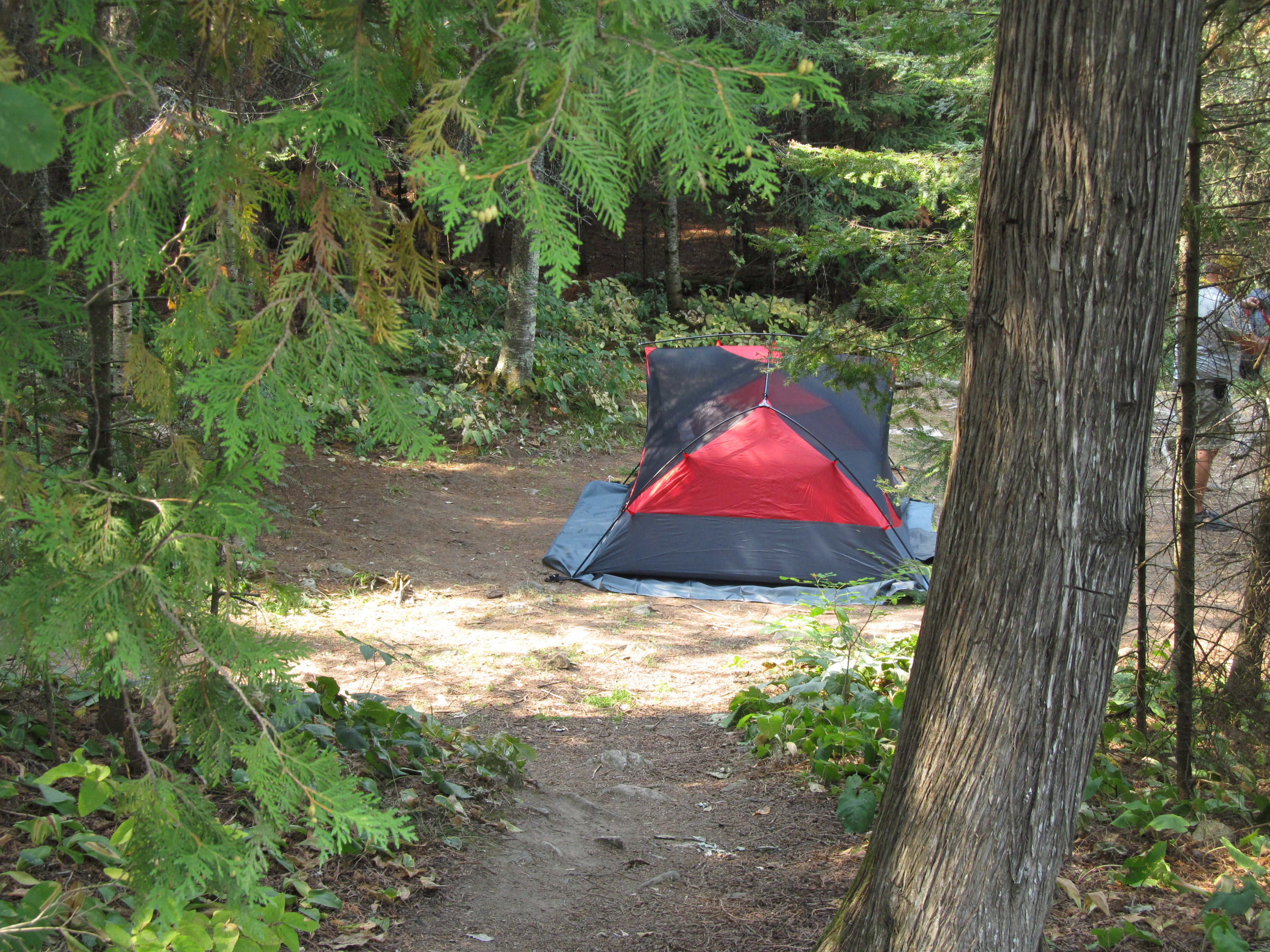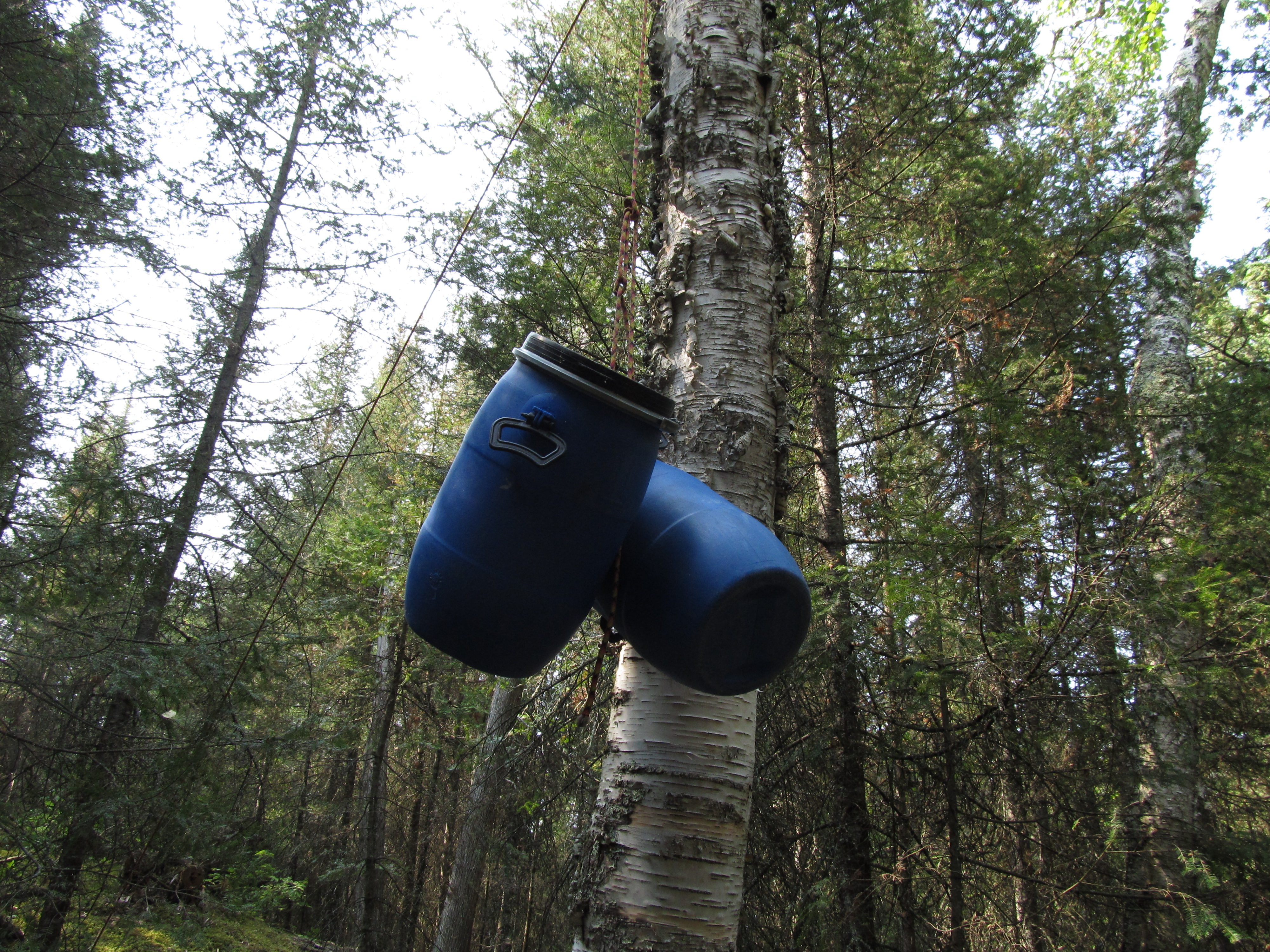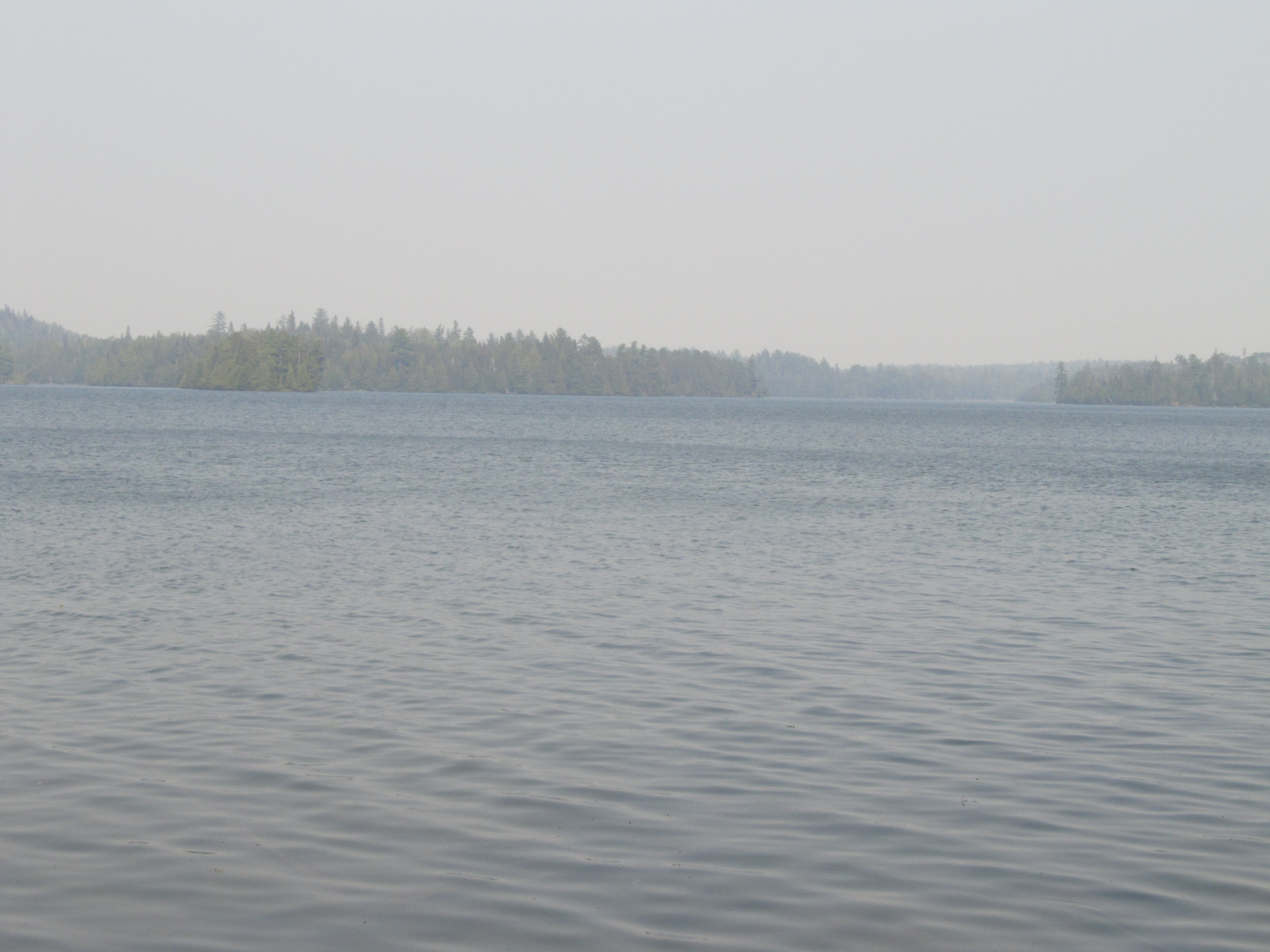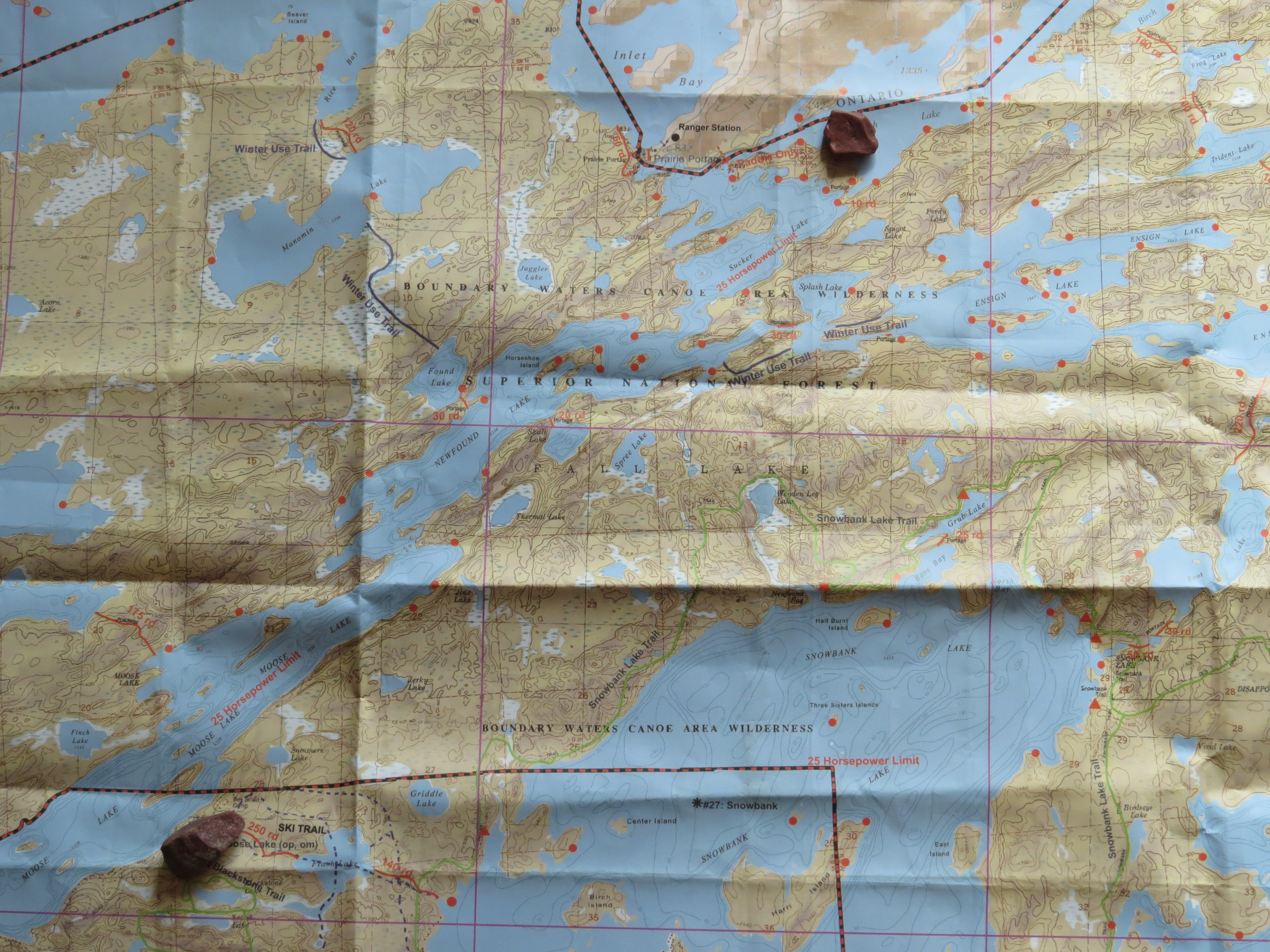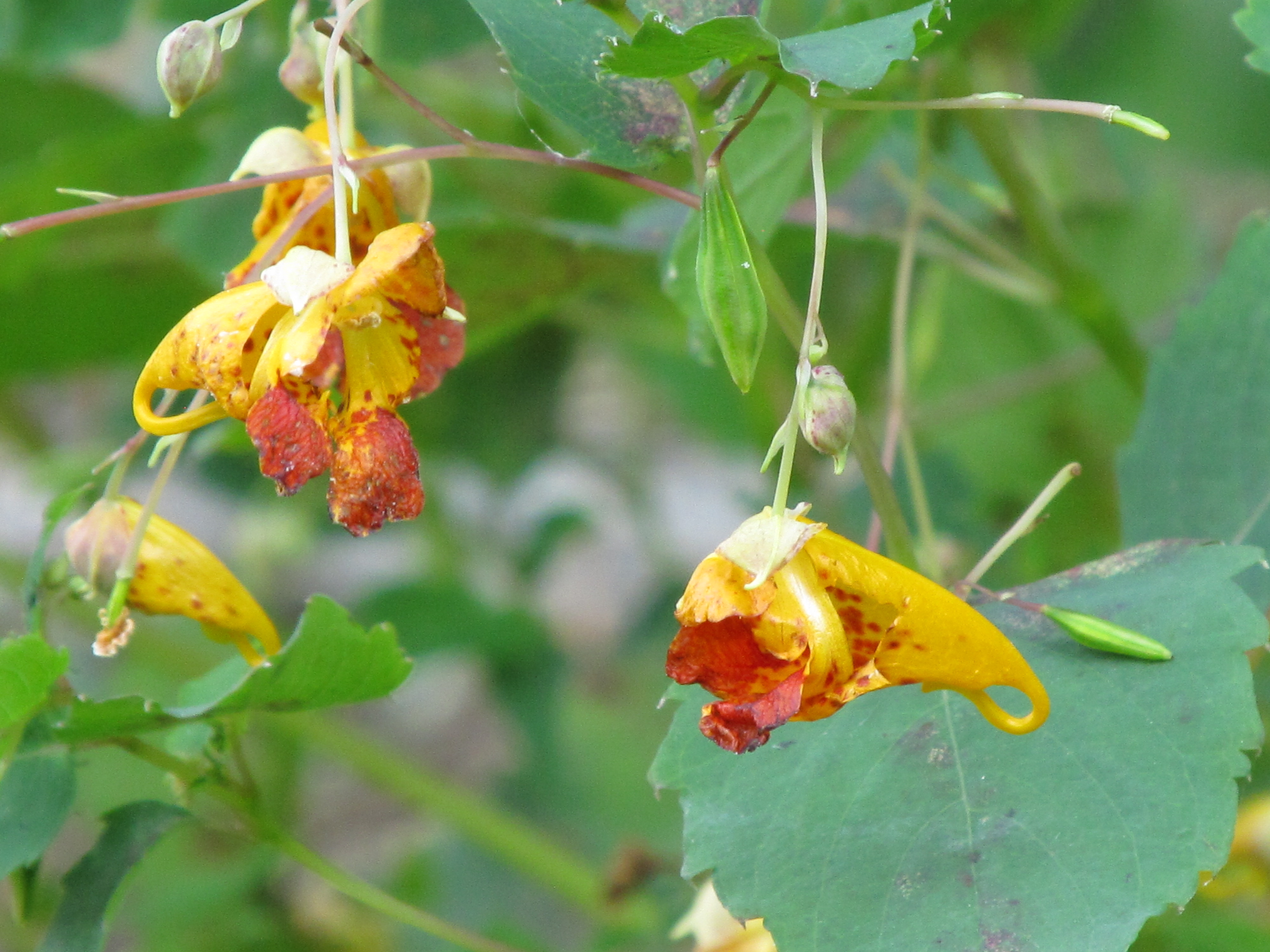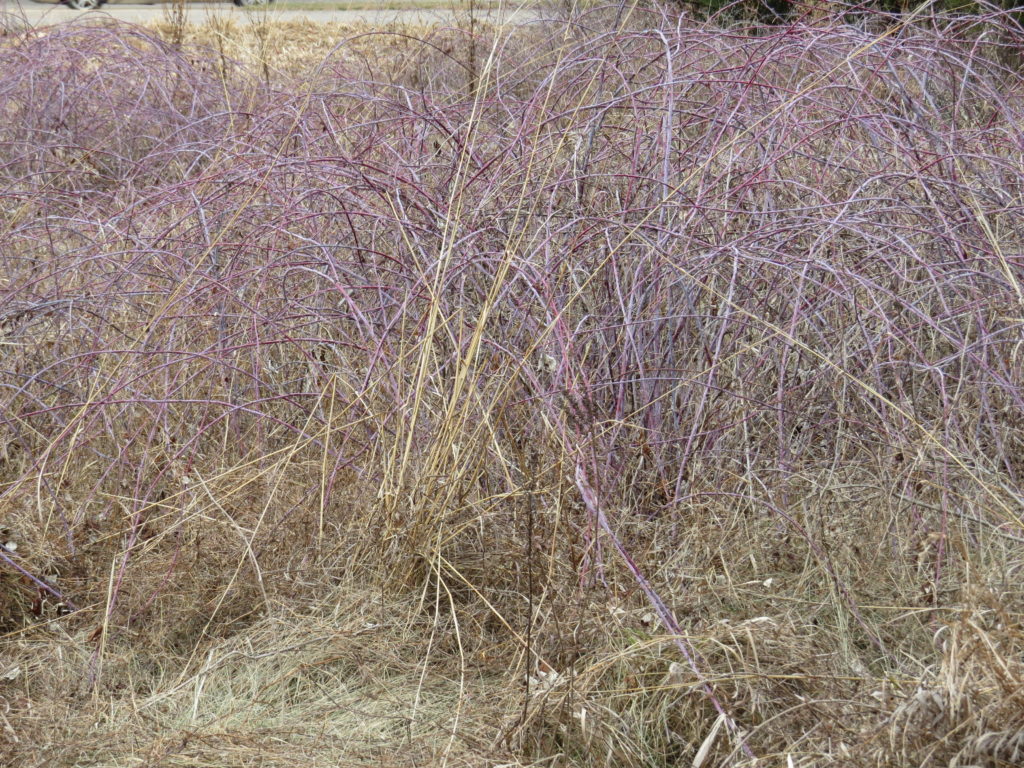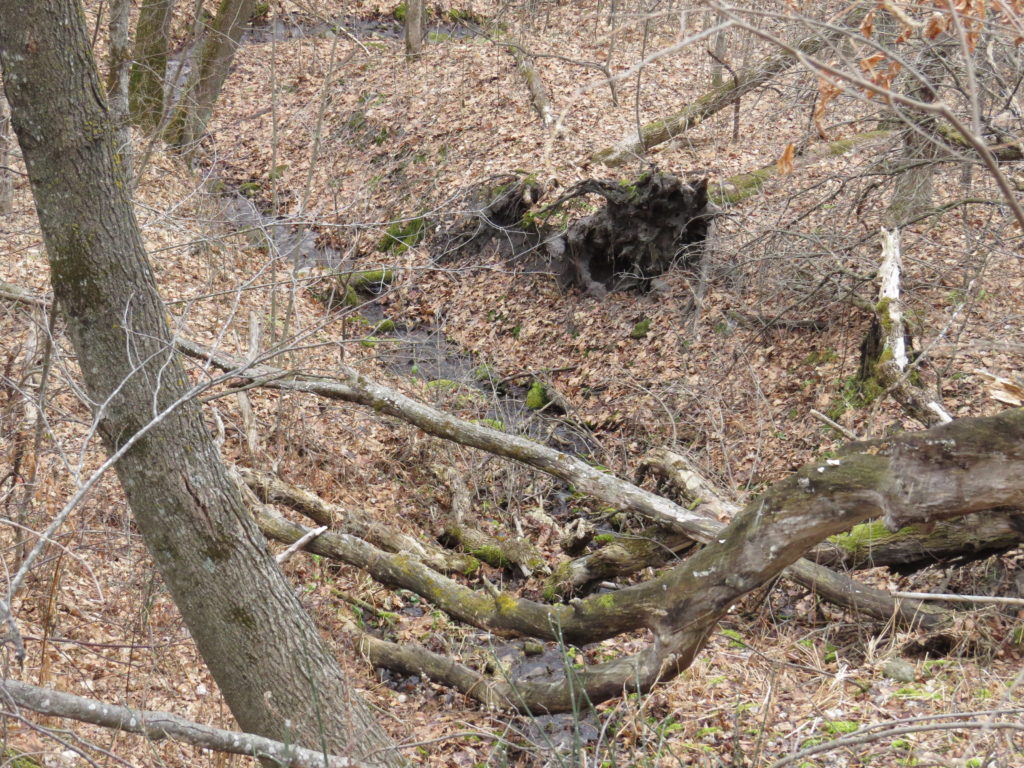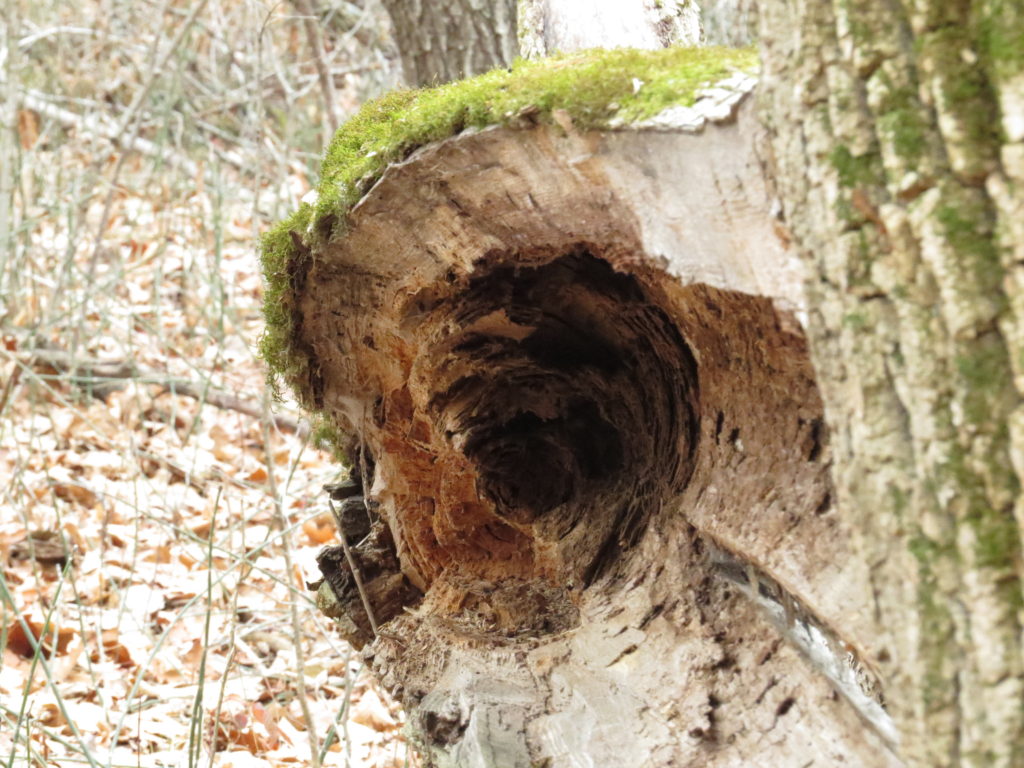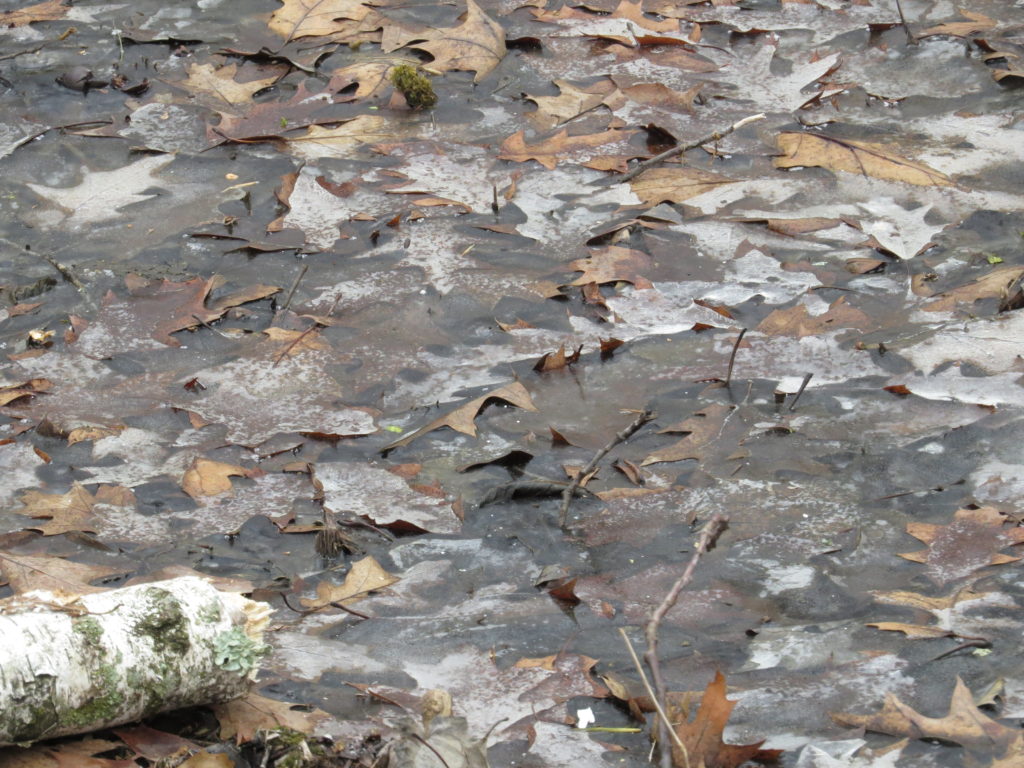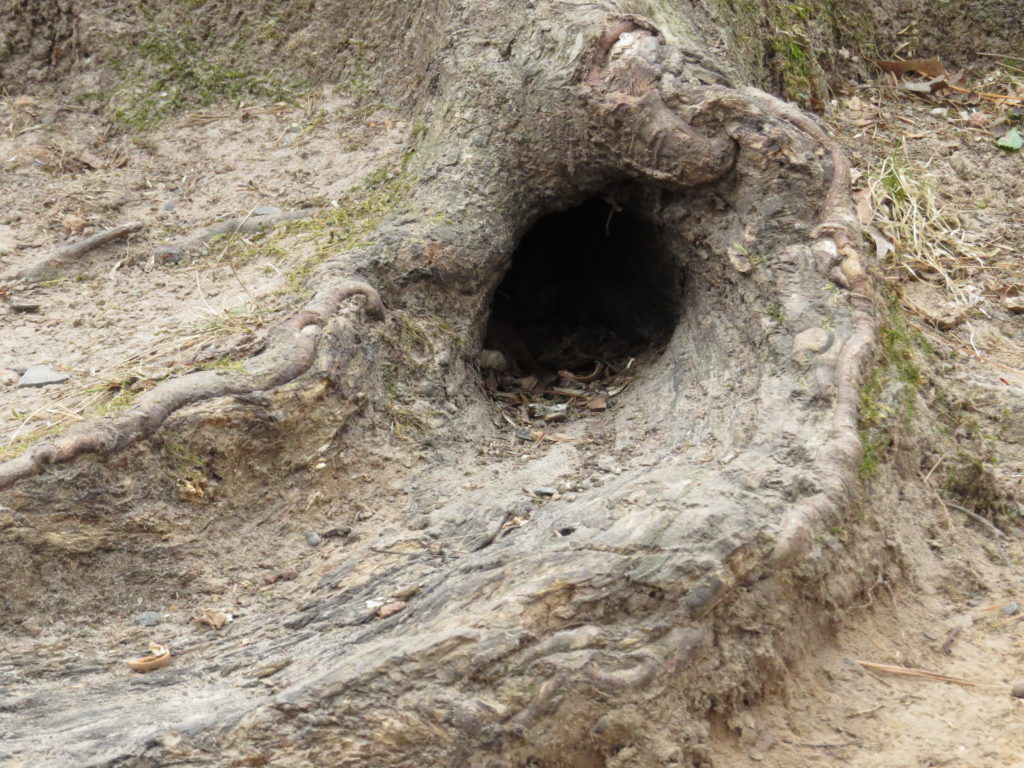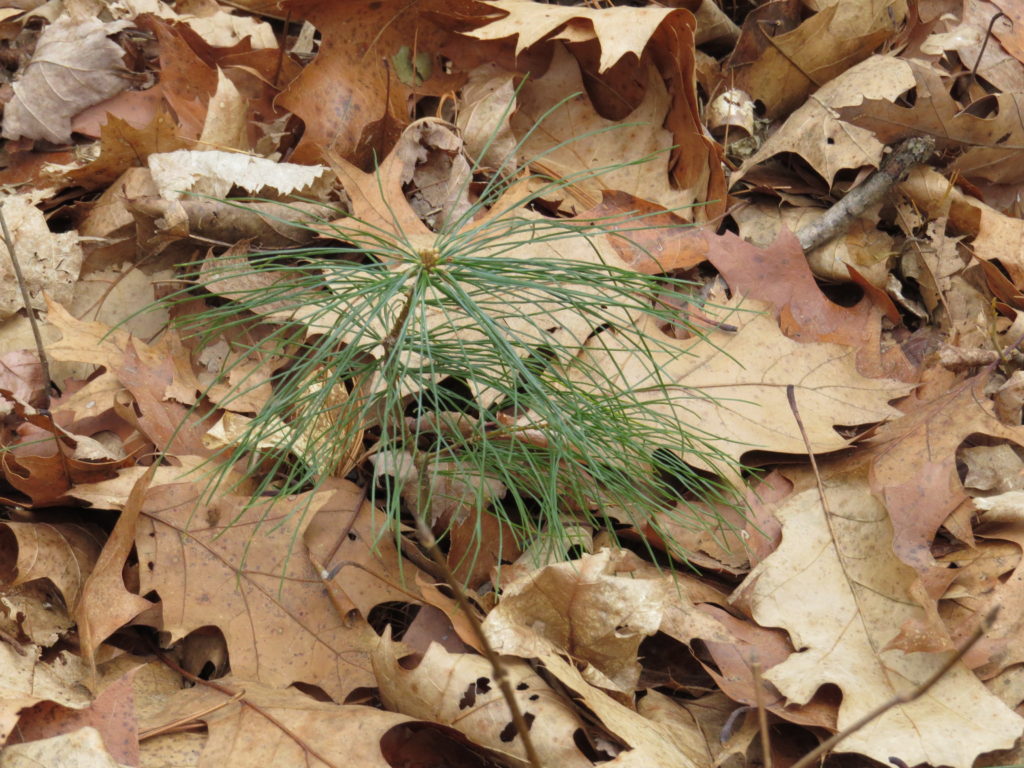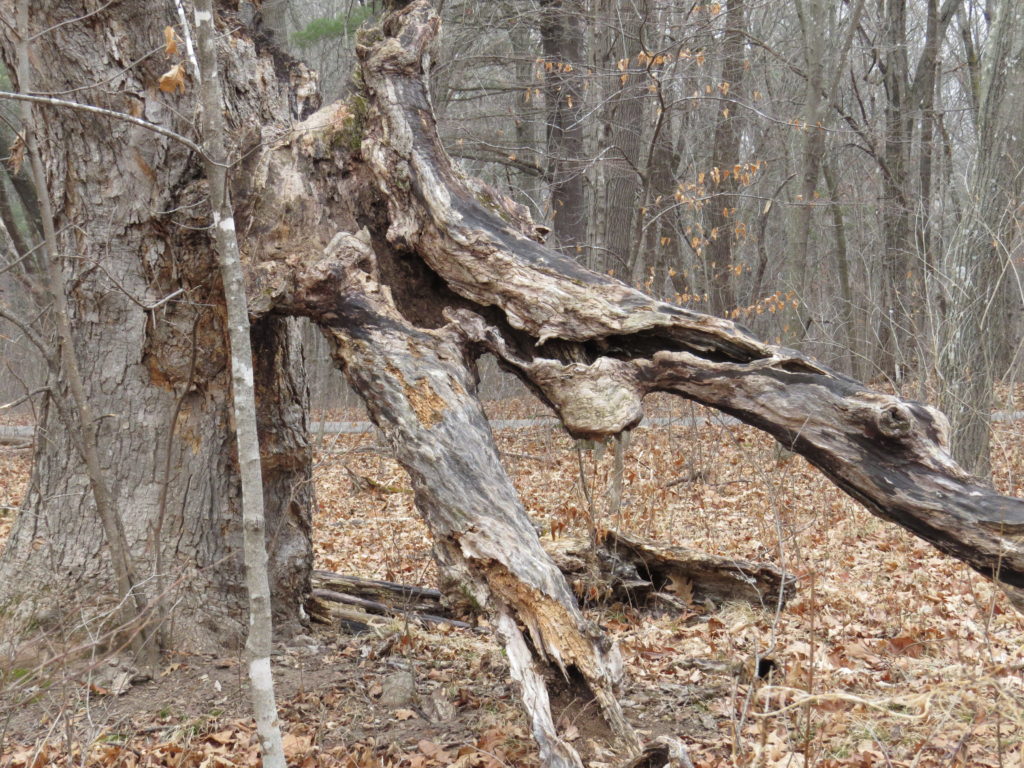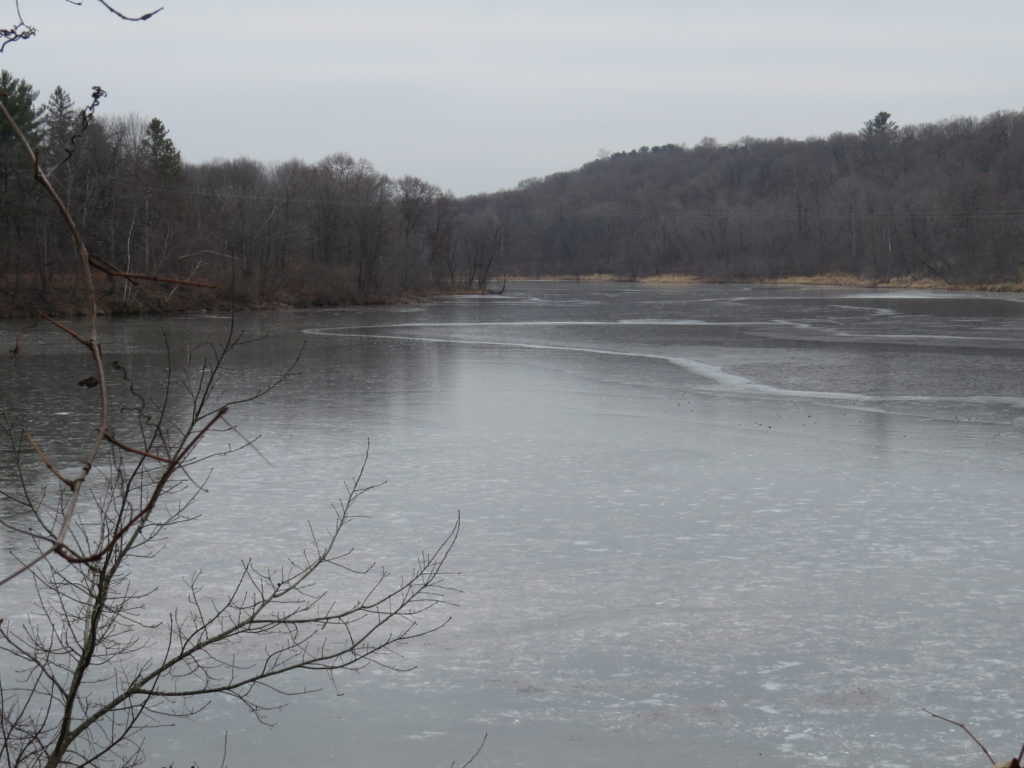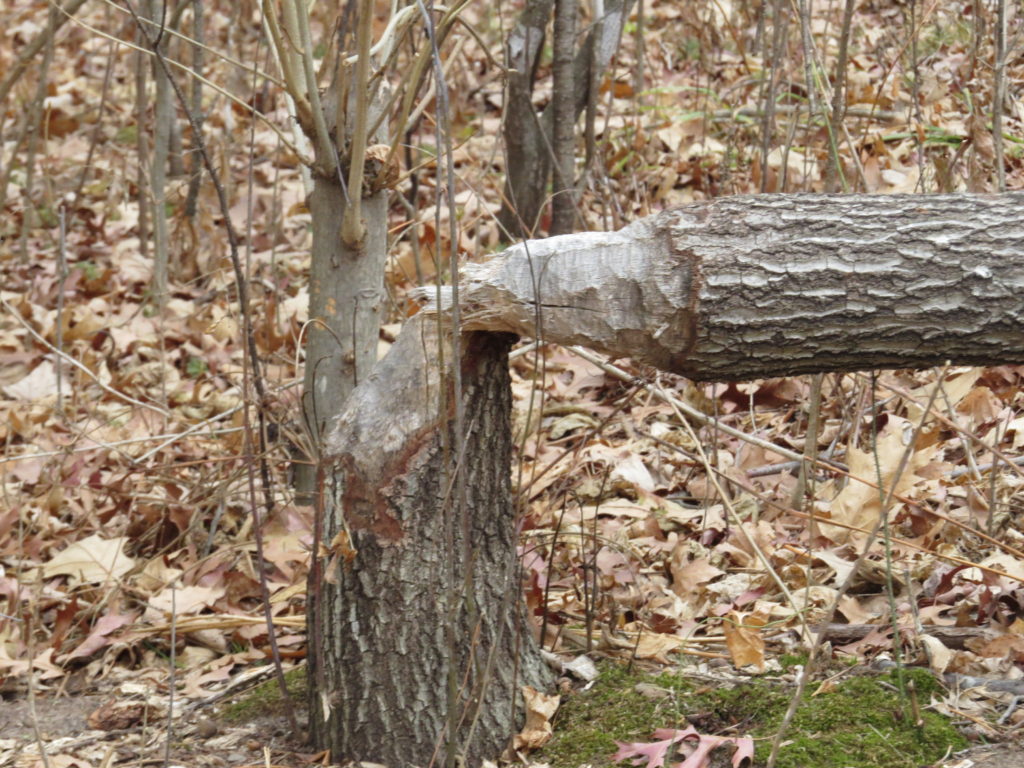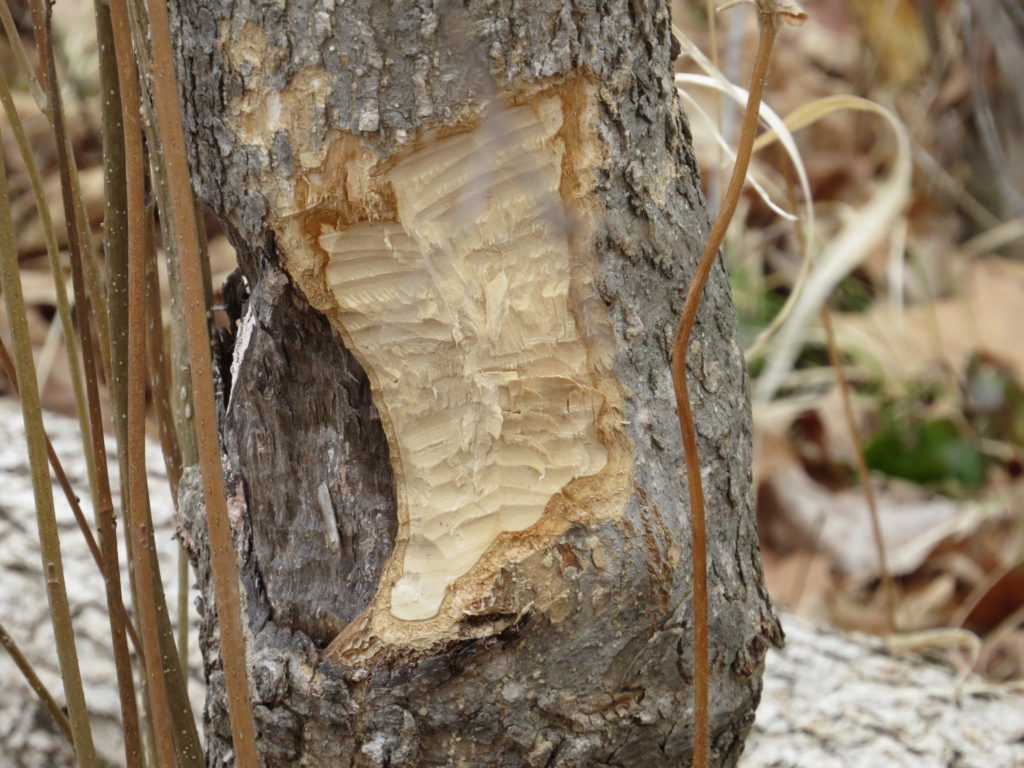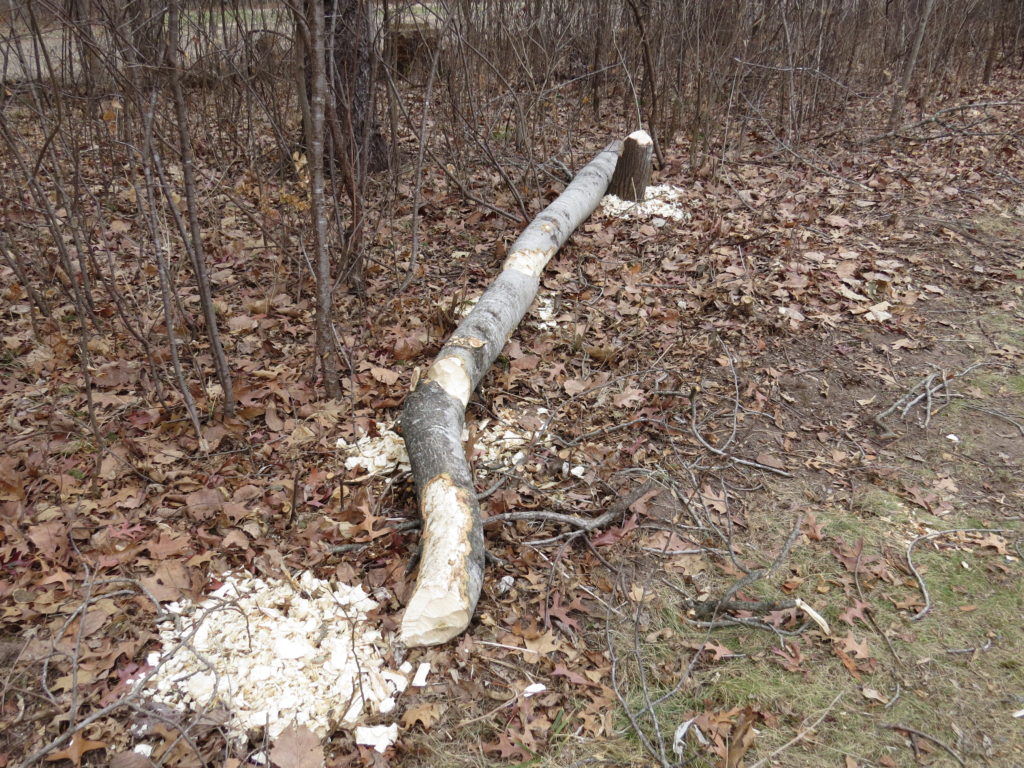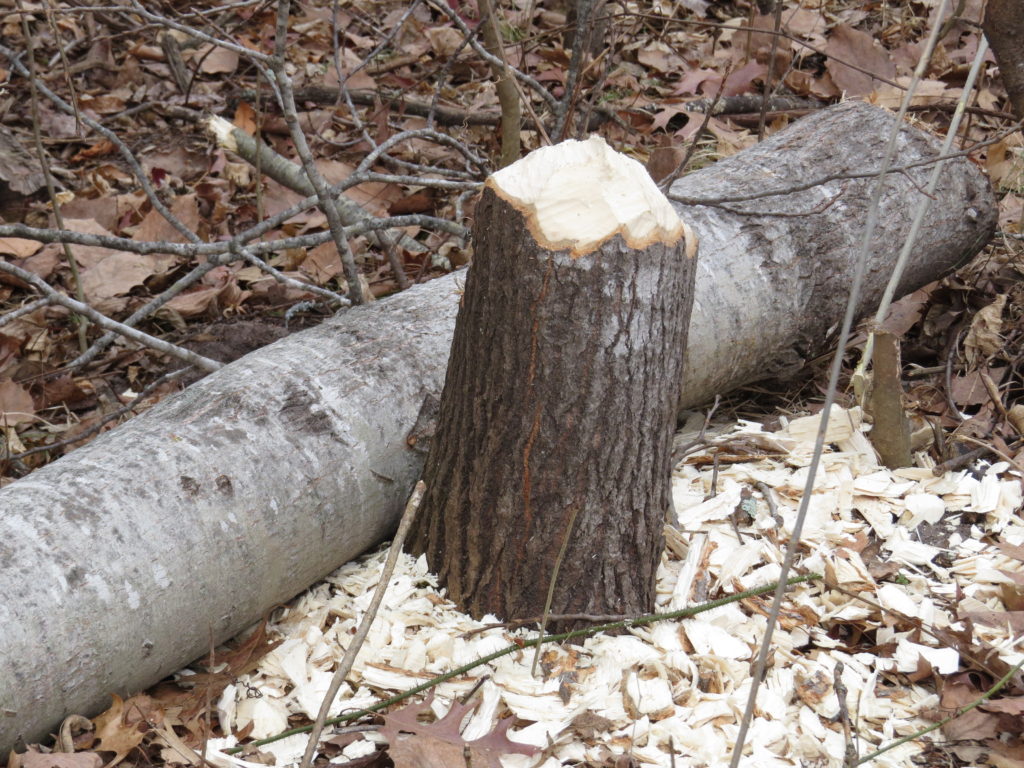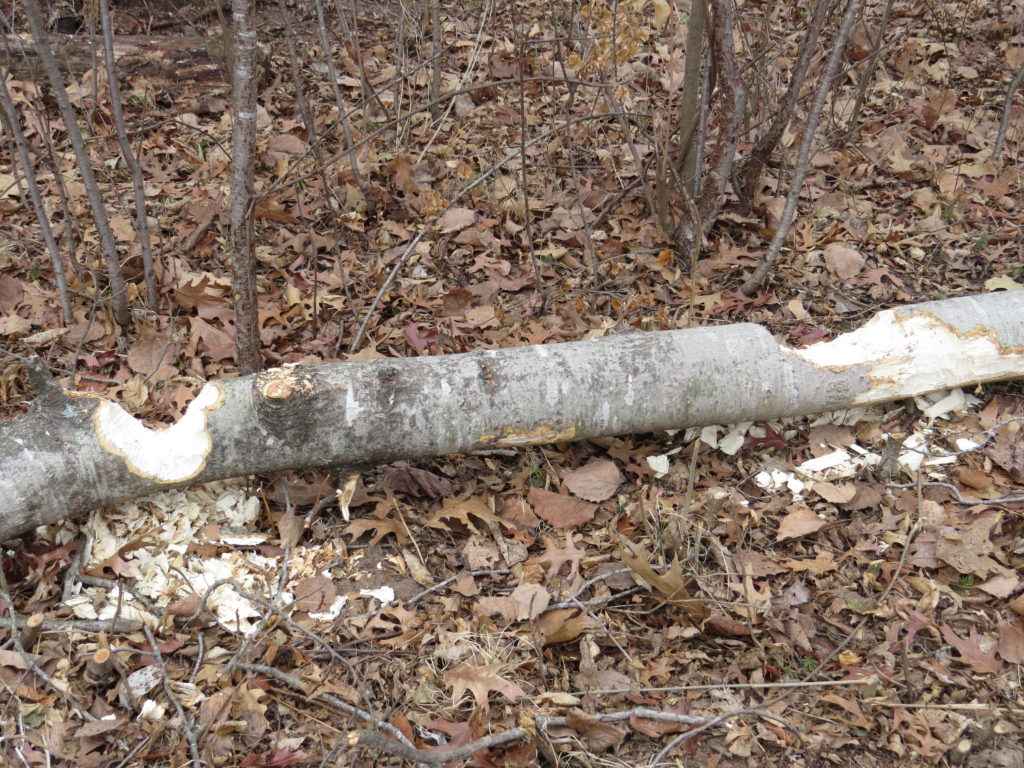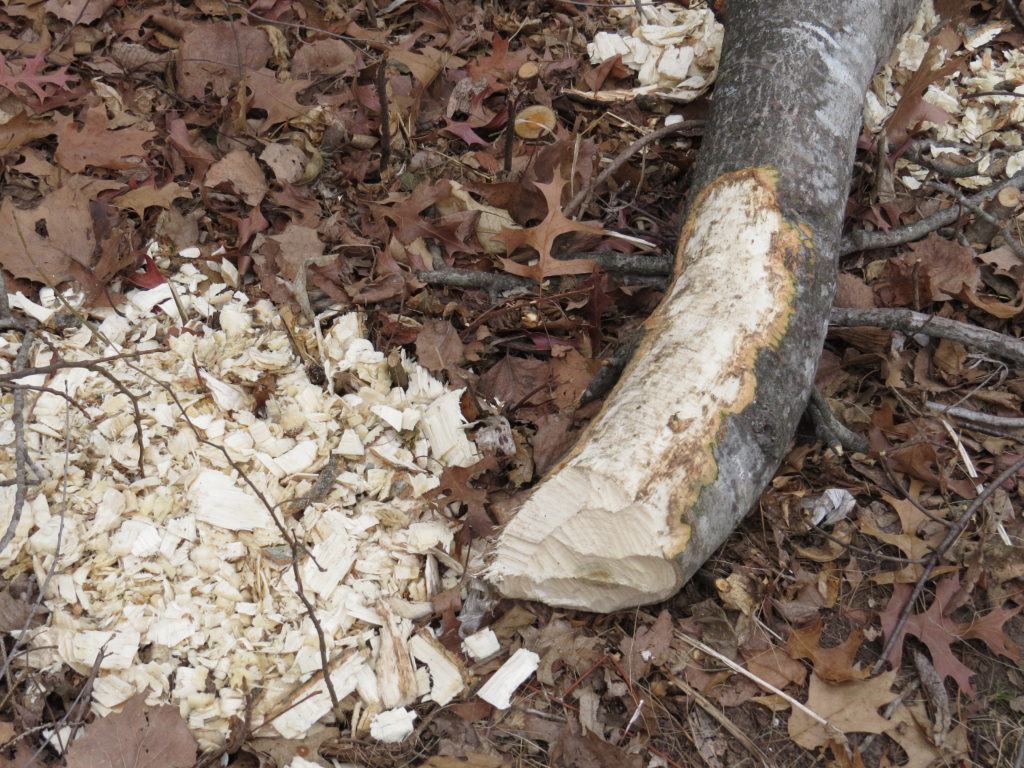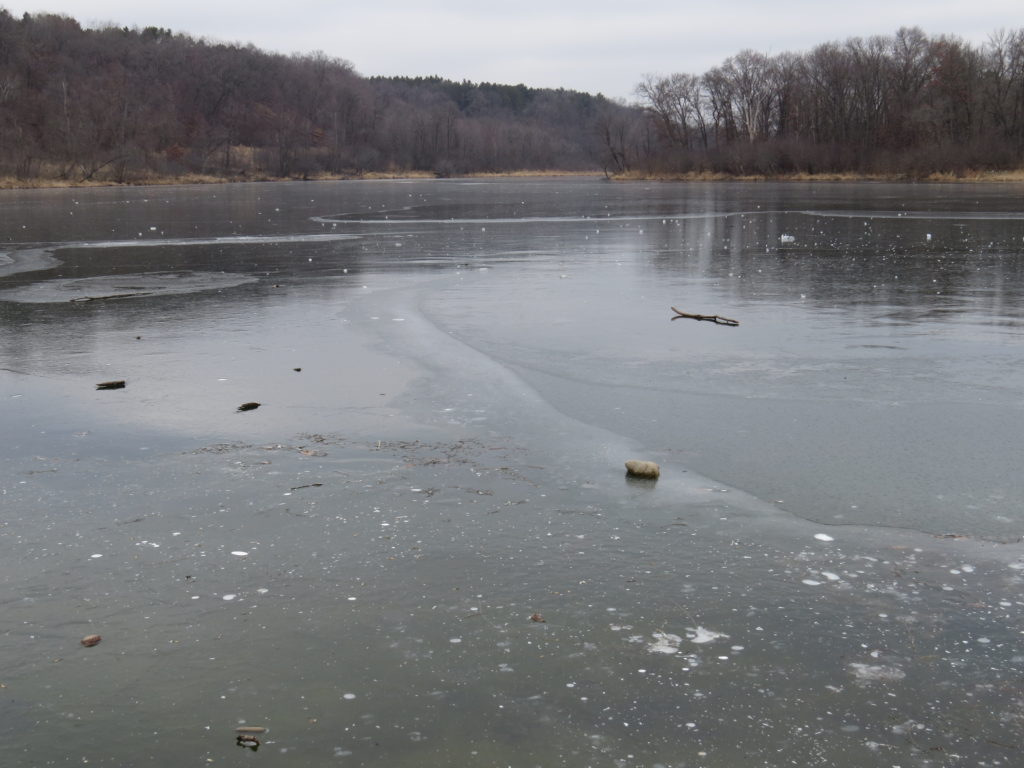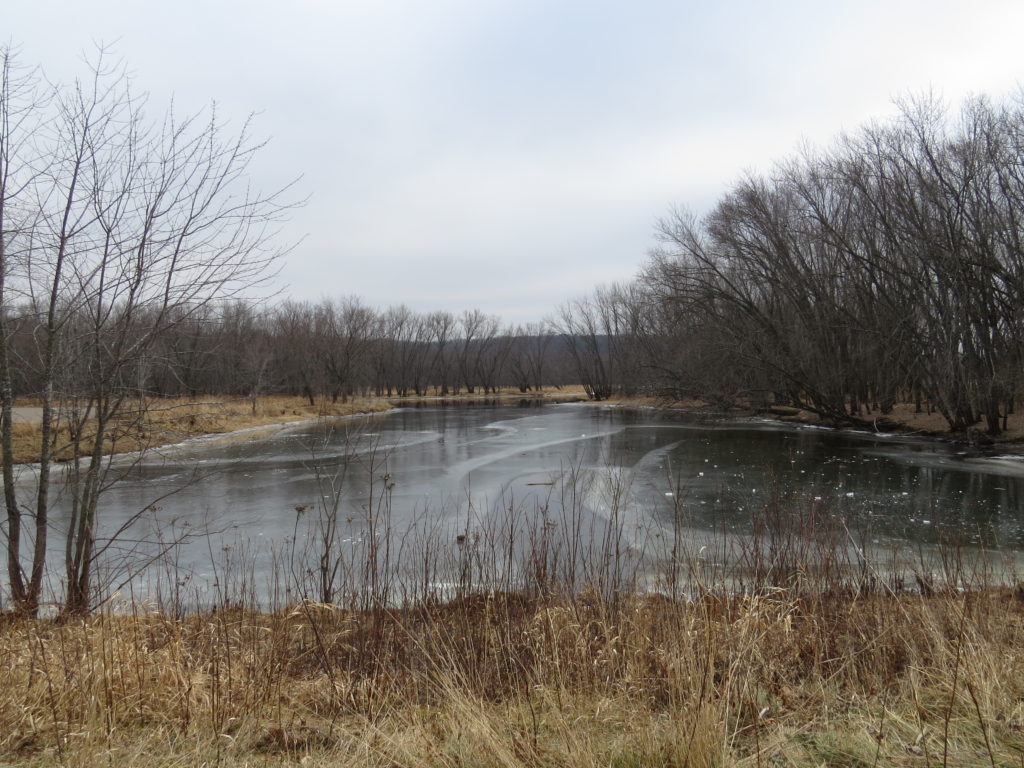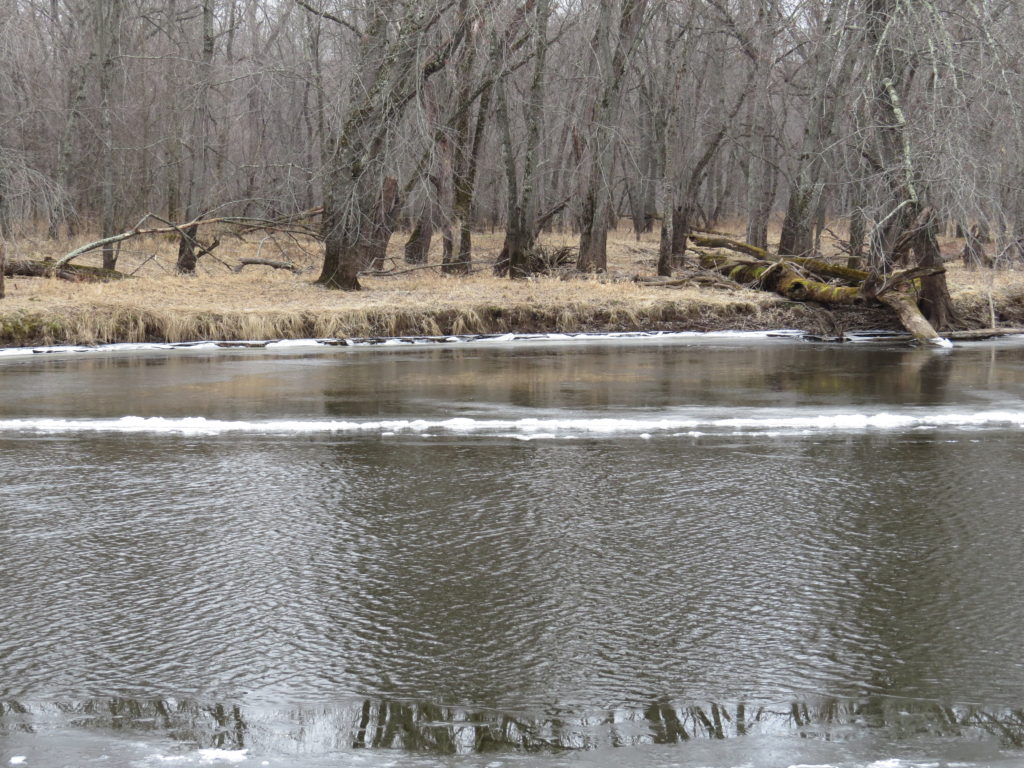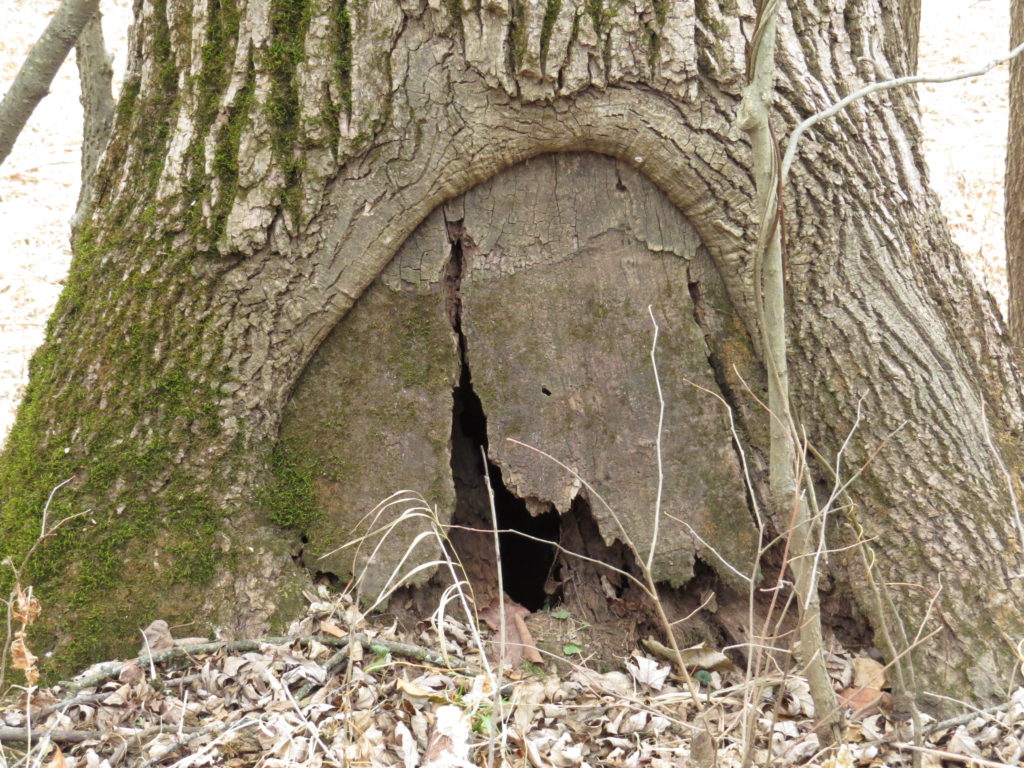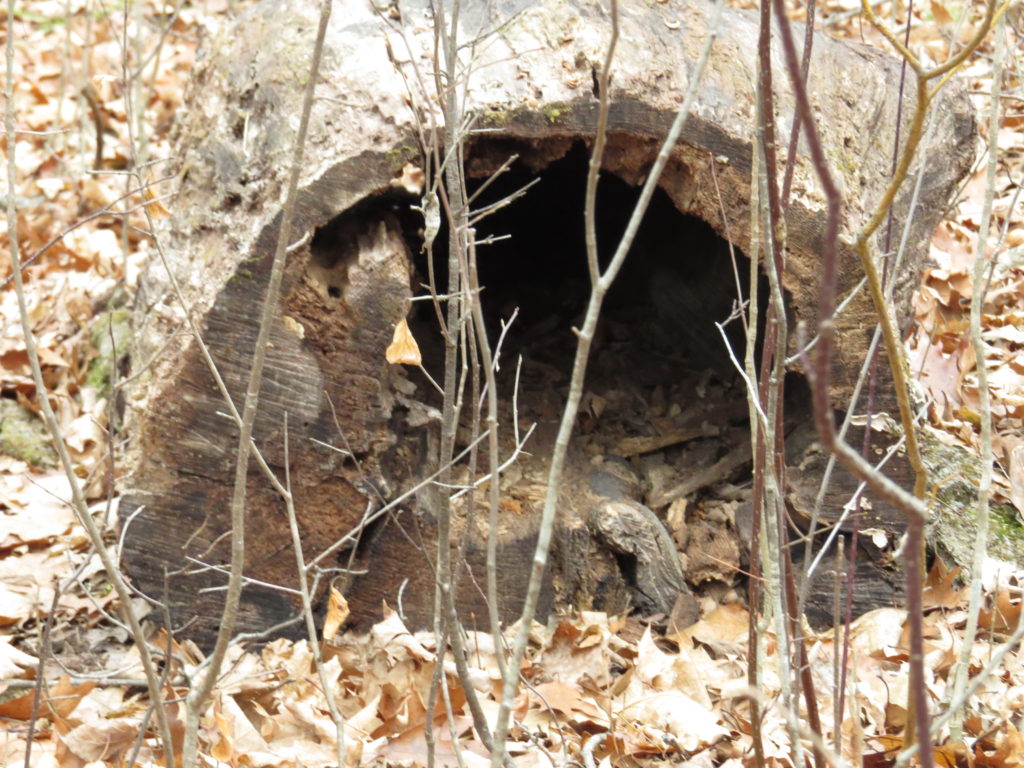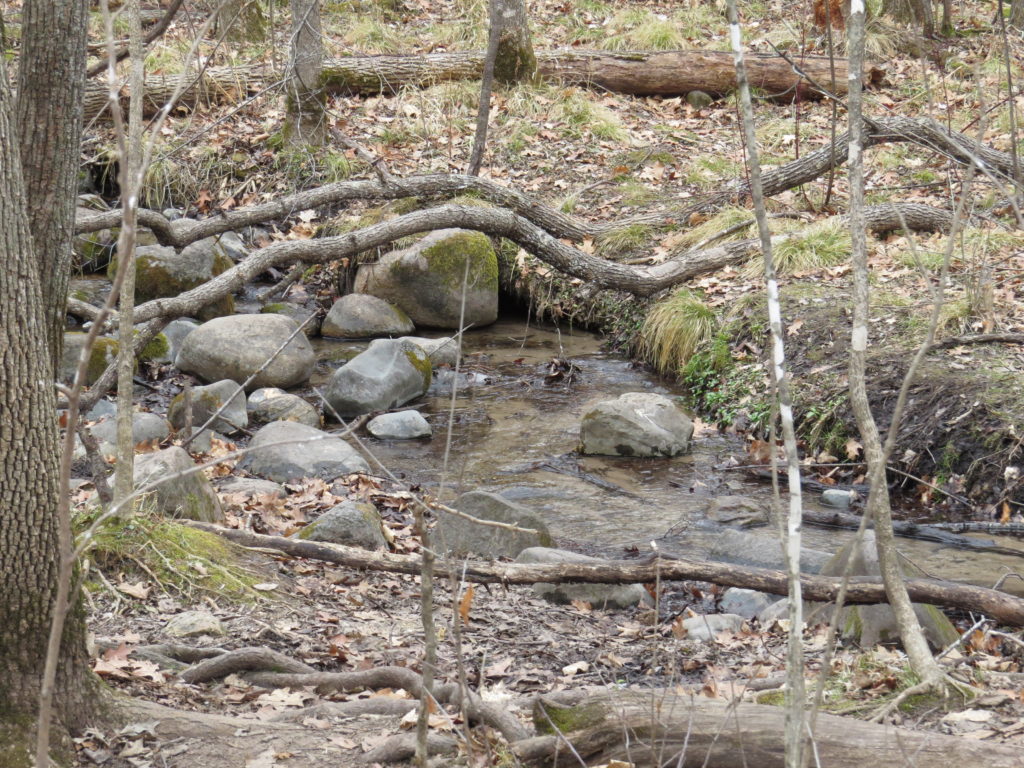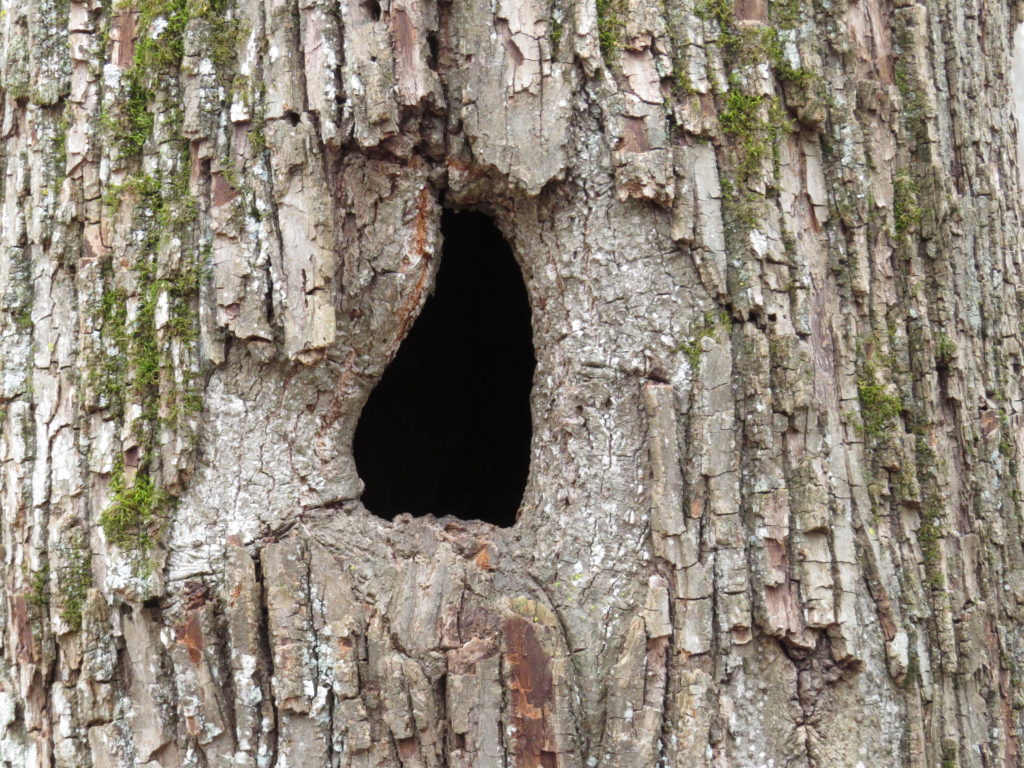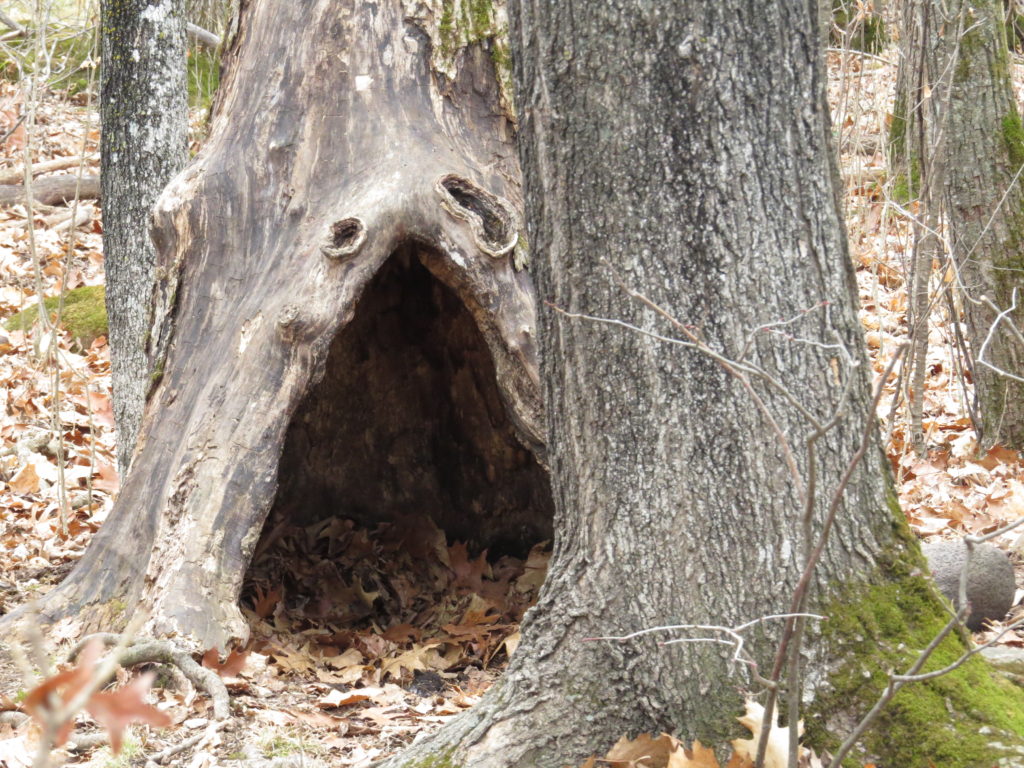I remember in the first year of my marriage to Chris that I consciously struggled with what it meant to be one part of a couple versus my own person. Were they compatible, the me with him and the me for me? It’s not that I was a lone wolf for years before I met him—I had just graduated from college and was living at home with my parents. I had lived with people all my life! Though I was an introvert and liked being alone, I also valued belonging to a family. The importance of being an independent person within the interdependence of a married couple was an issue that hadn’t occurred to me before marriage. But I had come of age during the tail-end of the cultural revolution of the Women’s Movement, so the issue had been constantly in the background of my life. Who are we as women in our own right, not just from the family we came from or who we married?
I’m intrigued with the term ‘lone wolf.’ On one hand, it describes a very independent, solitary person, a rugged individualist who forges their own path. On the other hand, the negative connotation of ‘lone wolf’ is a person who commits a crime or act of terrorism by oneself rather than as part of a group or organization. The myths and stories of ‘lone wolves’ make for good songs, books, and video games, but the reality of a lone wolf in the wild is quite different. A lone wolf is defined in wildlife biology as a ‘dispersing’ wolf. He or she will leave the pack they were born into when they are 11–18 months old, depending on the availability of food. In essence, lone wolves are young adults who are ‘leaving home’ to find their own mates and start their own pack or family unit.
The size of a wolf pack’s territory depends on the availability of food. In northern Minnesota, there is a high density of white-tailed deer, so wolves do not need to travel far for food, though they can easily travel thirty miles in a day. If food is prevalent, packs are usually bigger with multiple generations, including non-breeding young adults. Minnesota wolves make up nearly half of the wolf population in the lower 48 states, so it is not unusual to see wolves in the wild in northern Minnesota.
In our September trip up north to Ely, we stopped at an overlook to see the Fall colors. At the opposite corner of the lake clearing, we saw a dark shape in the grass. Was it a bear? Zooming in with the camera, I saw a charcoal-colored wolf. I’m sure he saw us before we saw him.
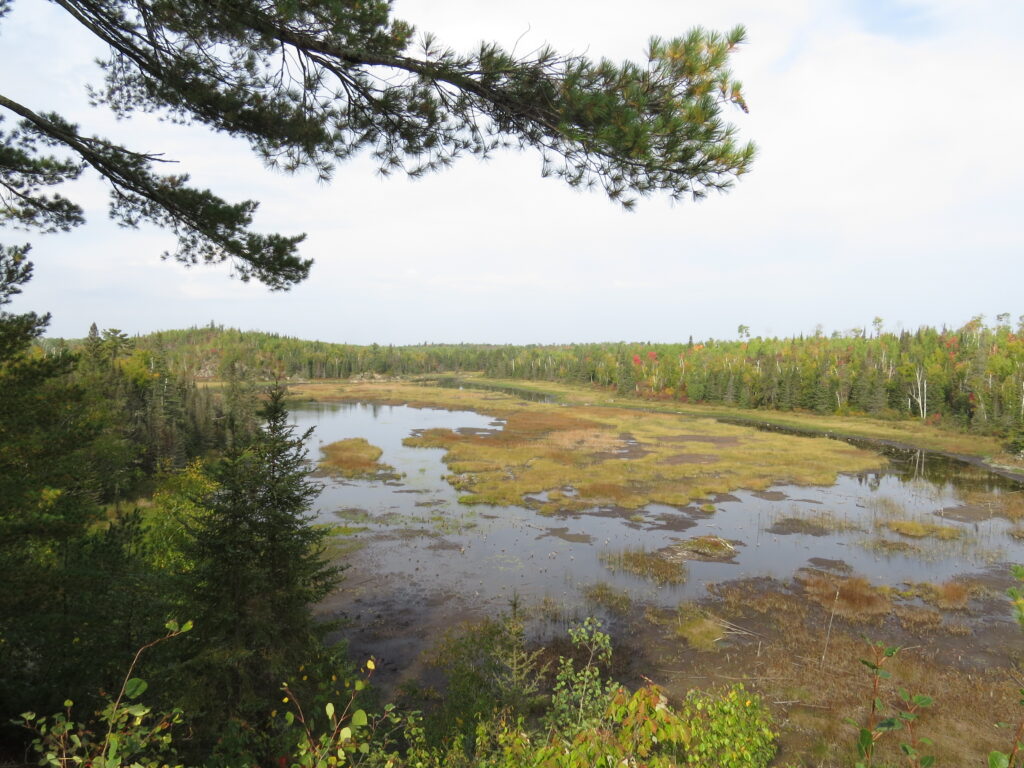
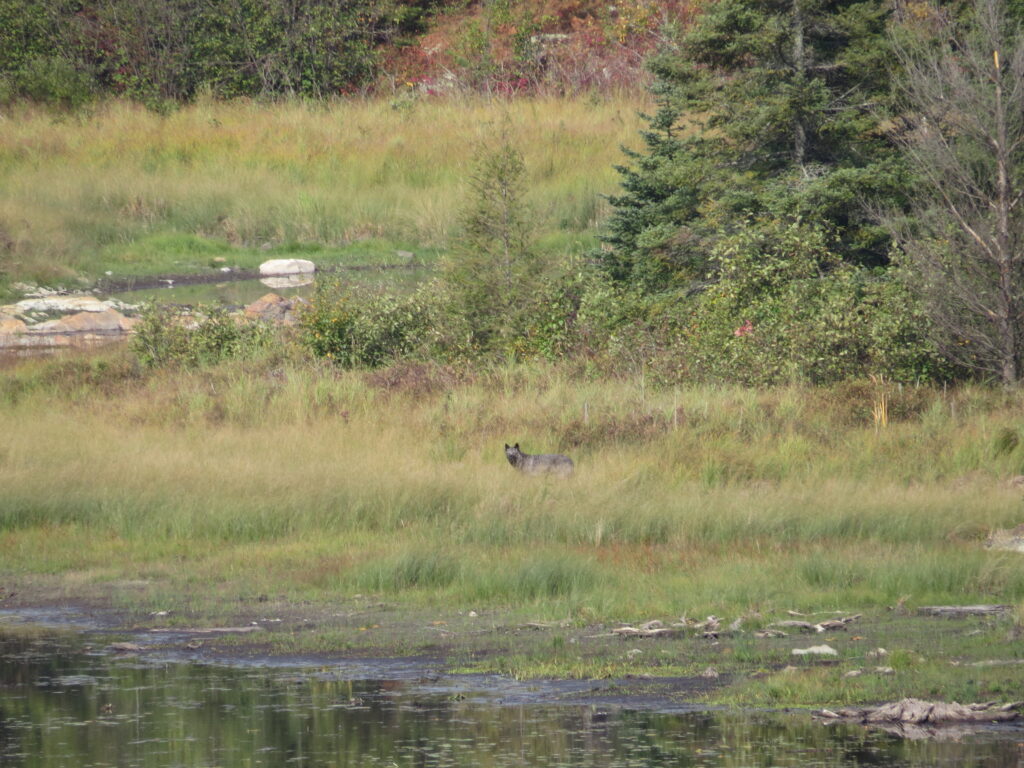
His first instinct was to run away, and I thought that was all we would see of him, but soon he circled back to look again.
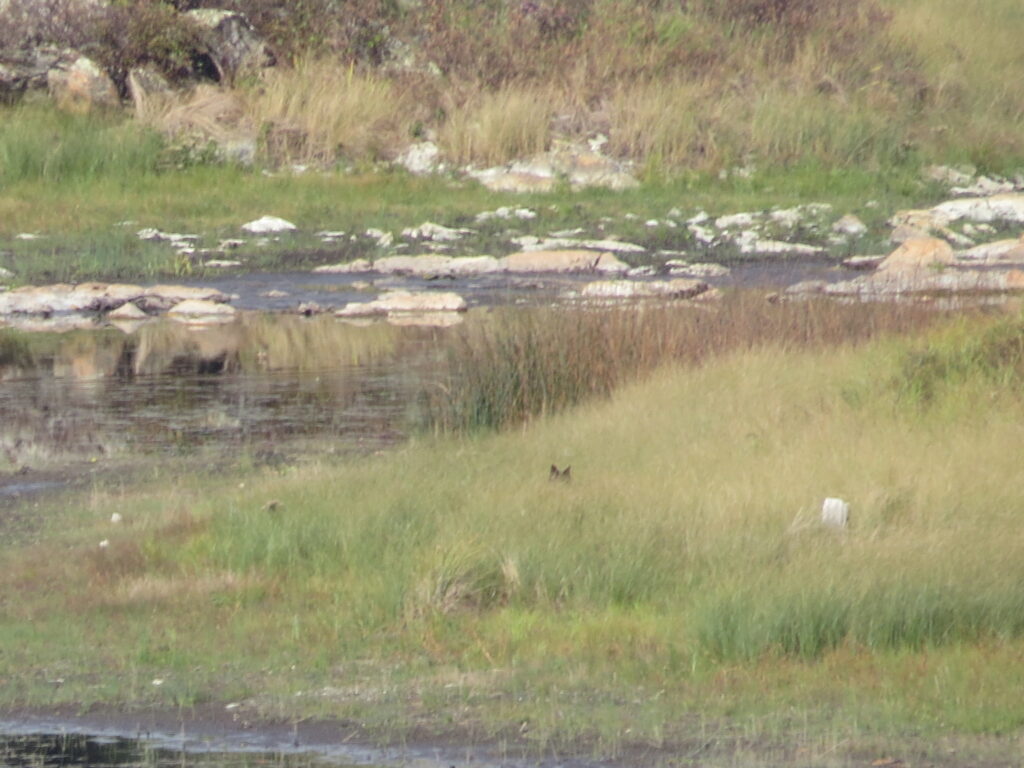
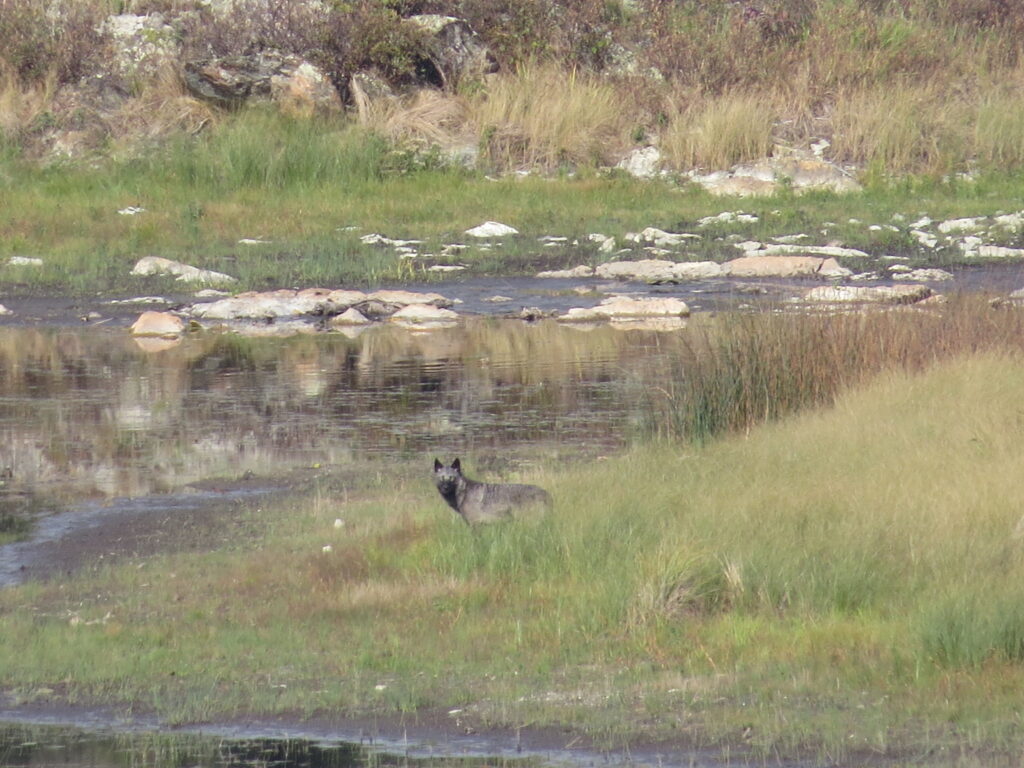
He turned away, but his curiosity kept turning him back towards us!
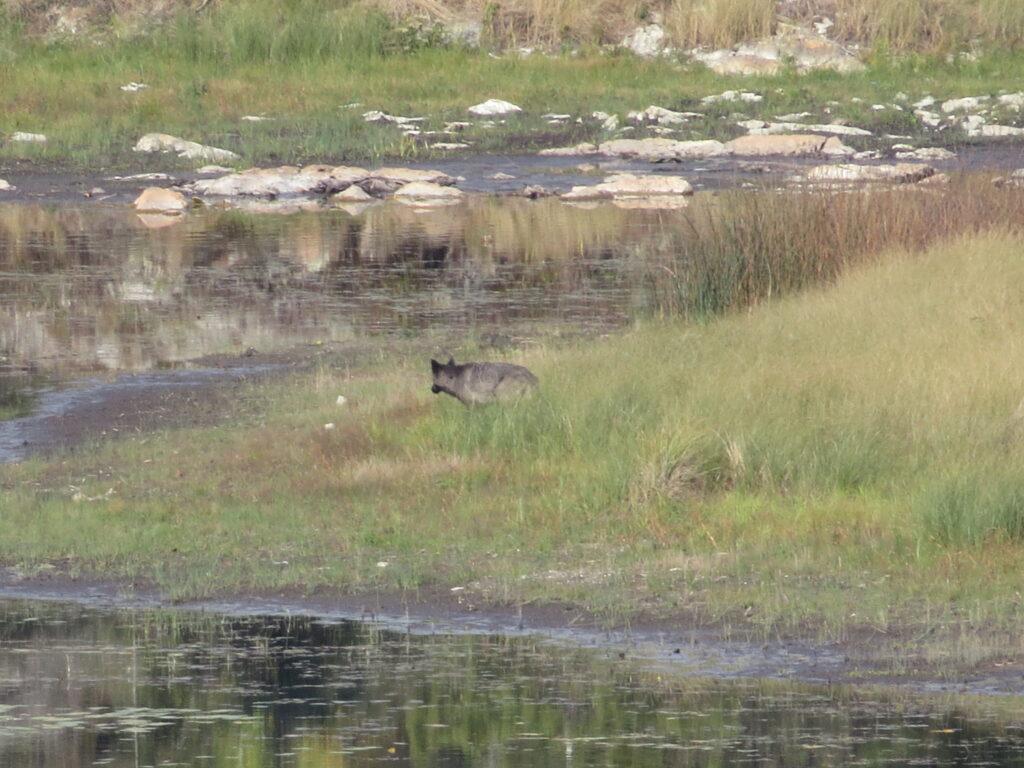
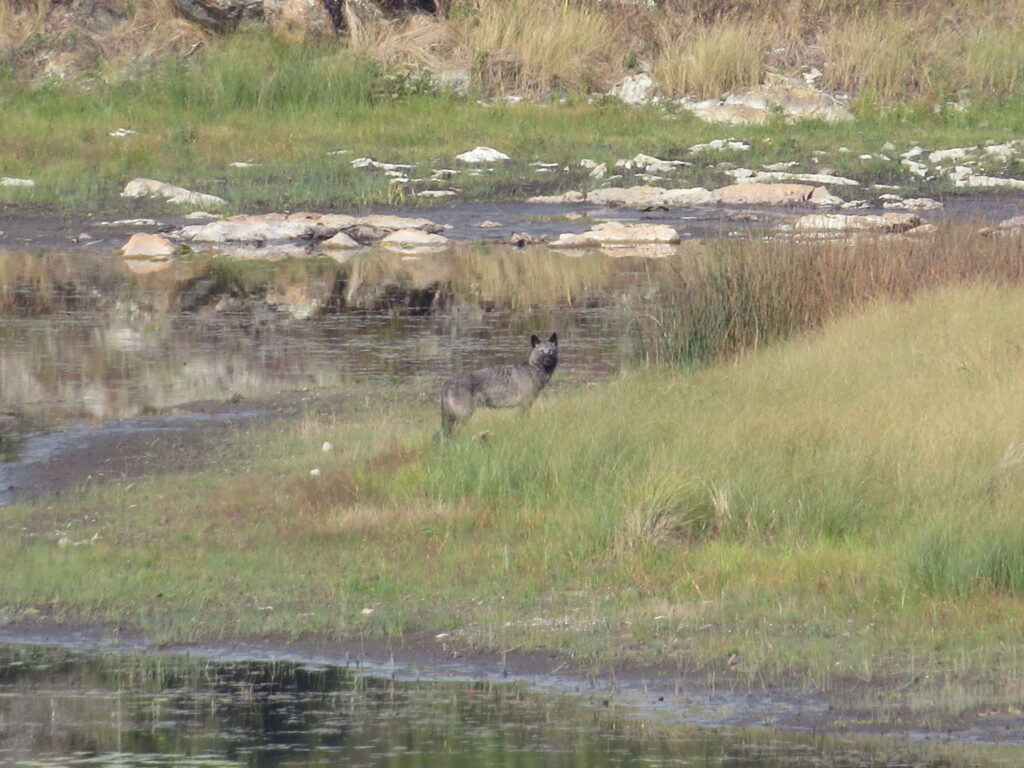
He headed away from us to the water behind some reeds, but once more looked our way.
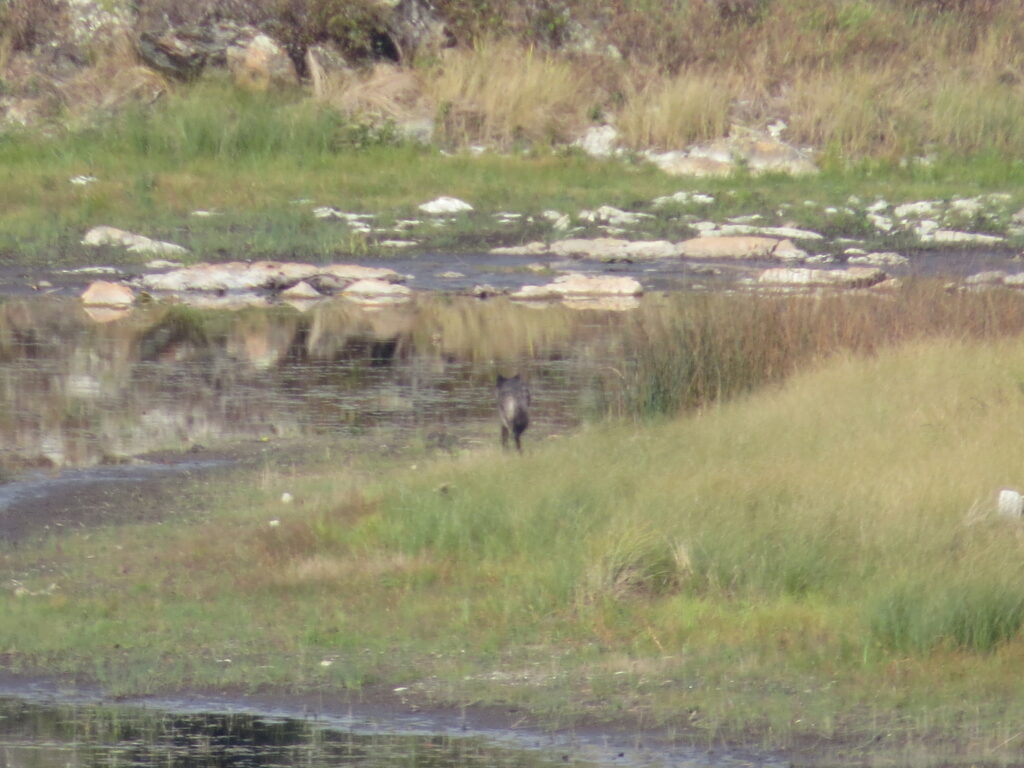
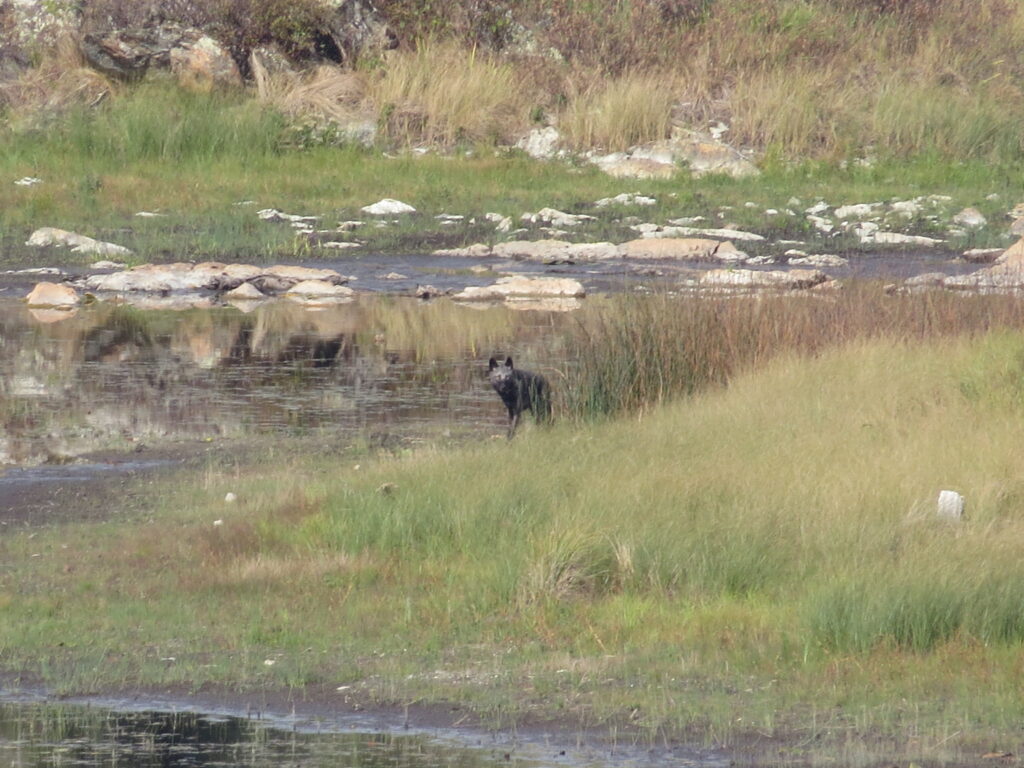
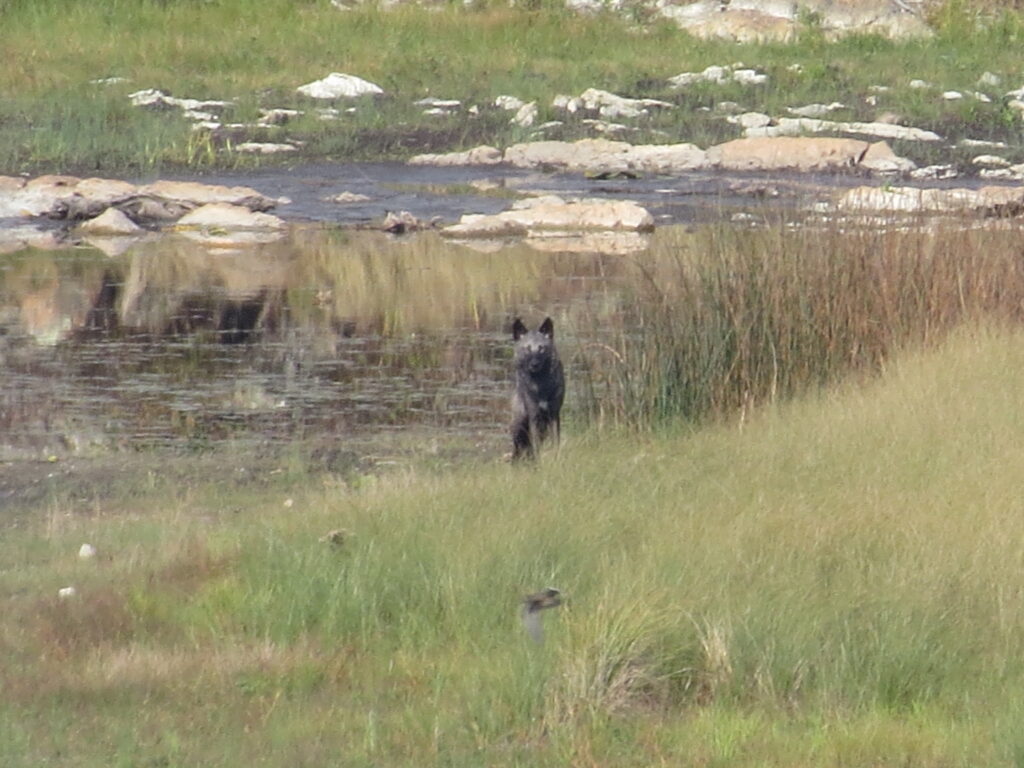
Finally he trotted off into the forest, into his home territory. Was he a lone wolf or part of a pack?
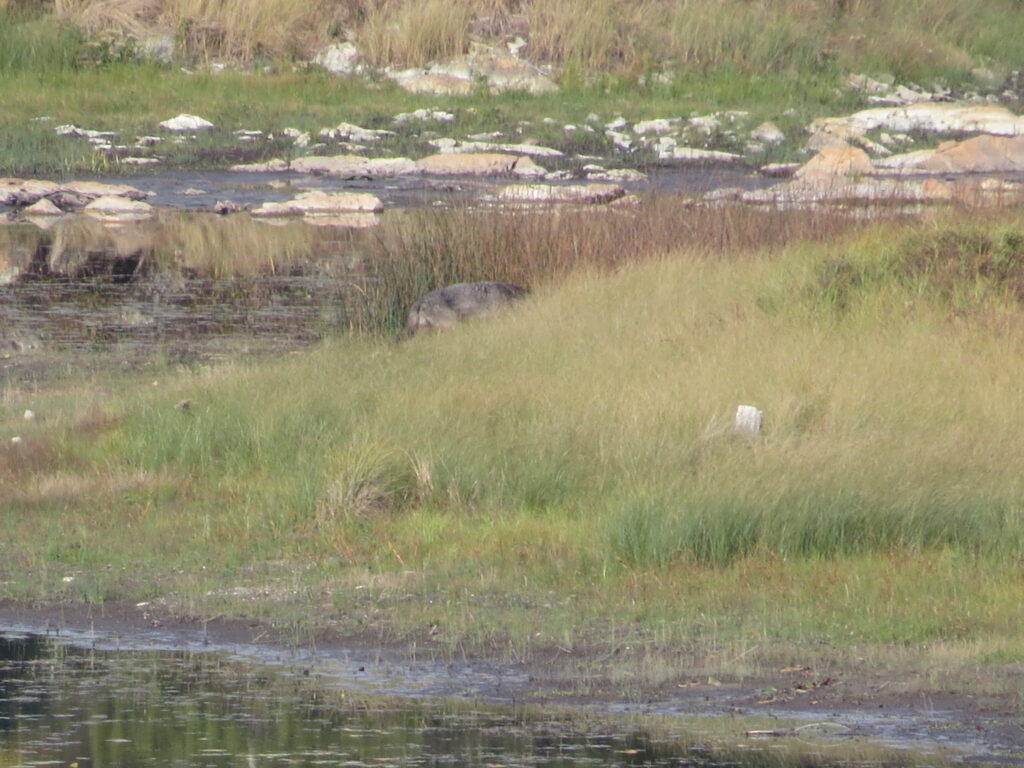
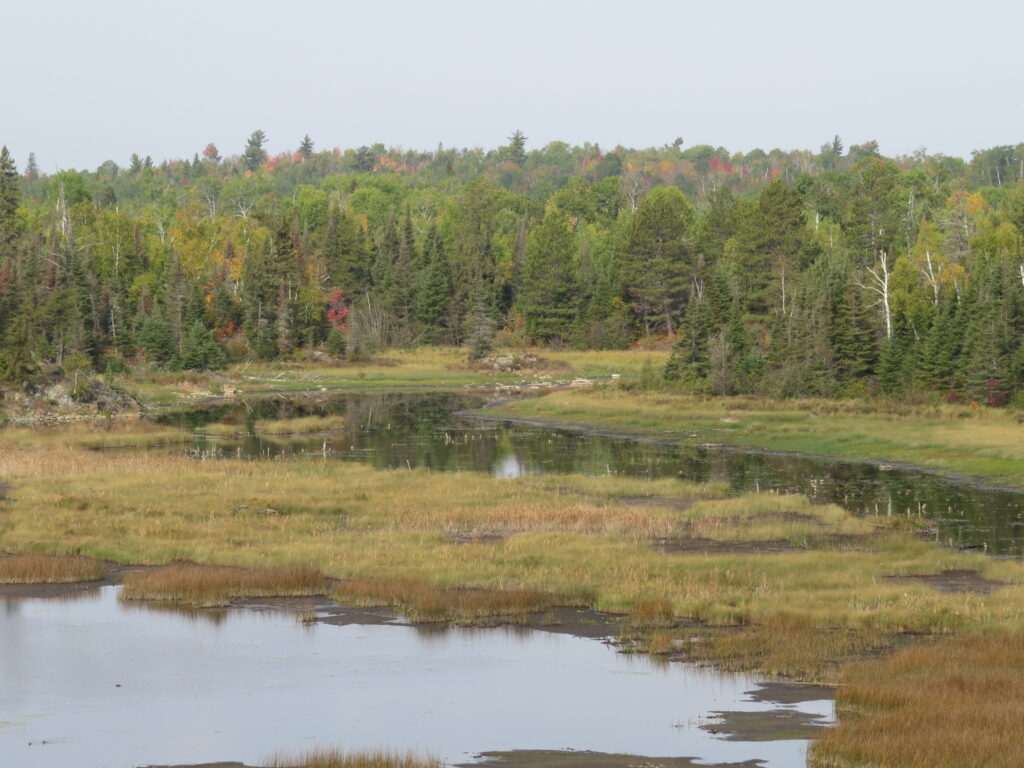
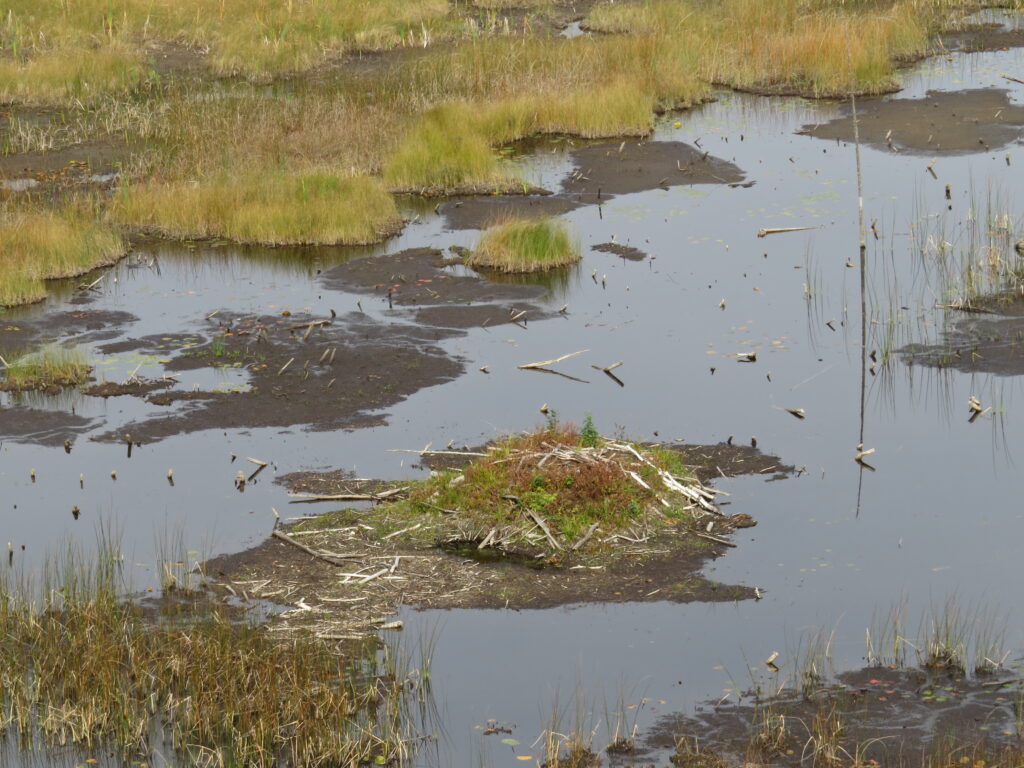
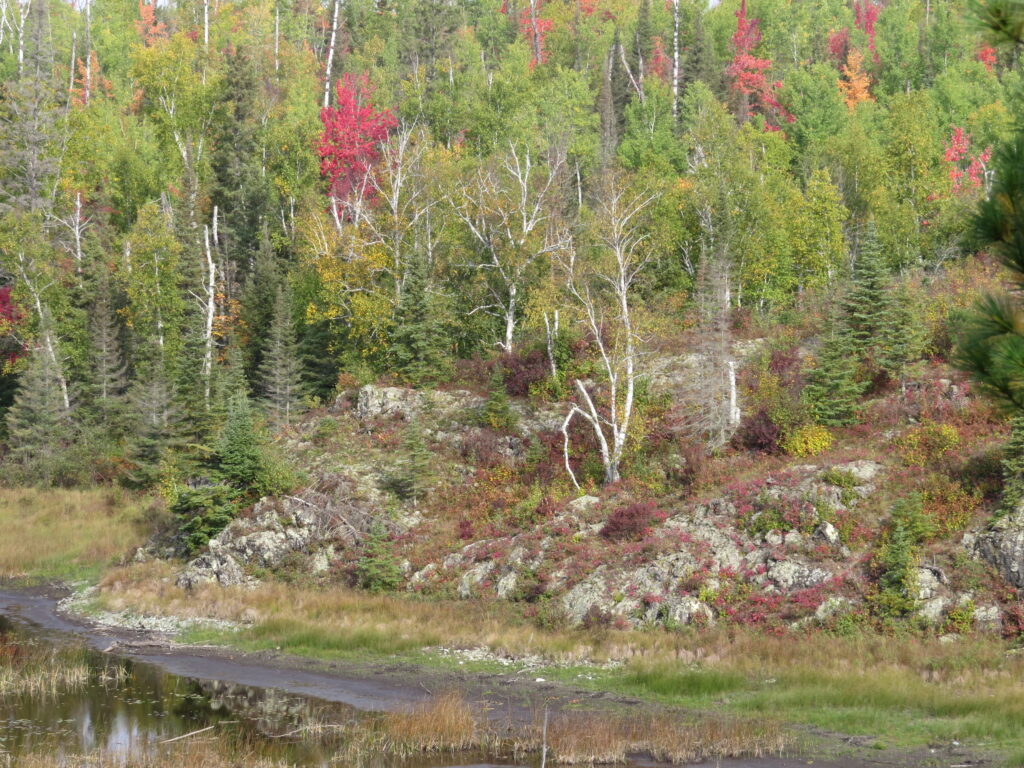
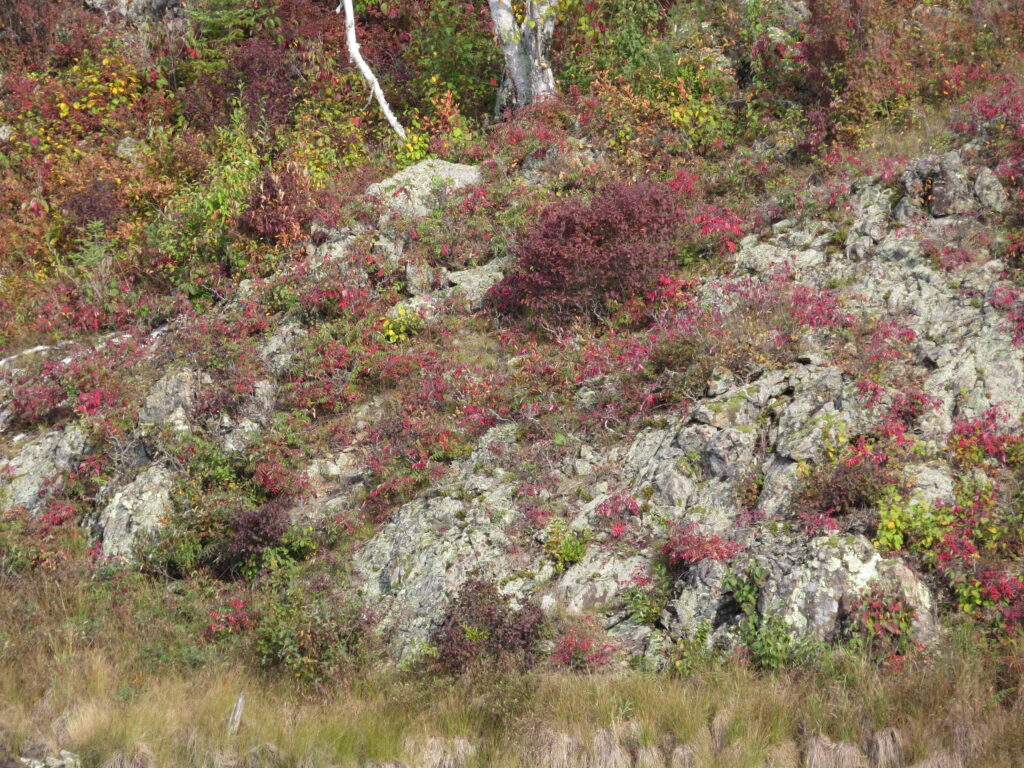
‘Lone wolf’ personality qualities include being introspective, intelligent, self-aware, and self-motivated. I can relate to that. But like any human or animal ‘lone wolf,’ we all are social animals. We begin our lives in a family structure that (ideally) feeds us, defends us, keeps us safe, and teaches us to someday function on our own and perhaps have our own ‘pack.’ The makeup of the ‘pack’ can vary with circumstances and environments, most especially for us humans. When I was first married and for the many years subsequent to that, I have embarked on the very human journey of navigating my individual life with my life as a partner, wife, mother, daughter, sister, friend, and co-worker. It’s an honor to be on such a journey, and perhaps that is not just a human journey.
Later that night, around the campfire, two of our fellow campers lifted their heads and voices to howl in tandem. In a spine-tingling response, we heard the whole pack answer in an orchestra of different voices and tones. I know the charcoal wolf we saw was one of them.
For more information on wolves, visit the International Wolf Center in Ely, Minnesota or go to their website: https://wolf.org/
